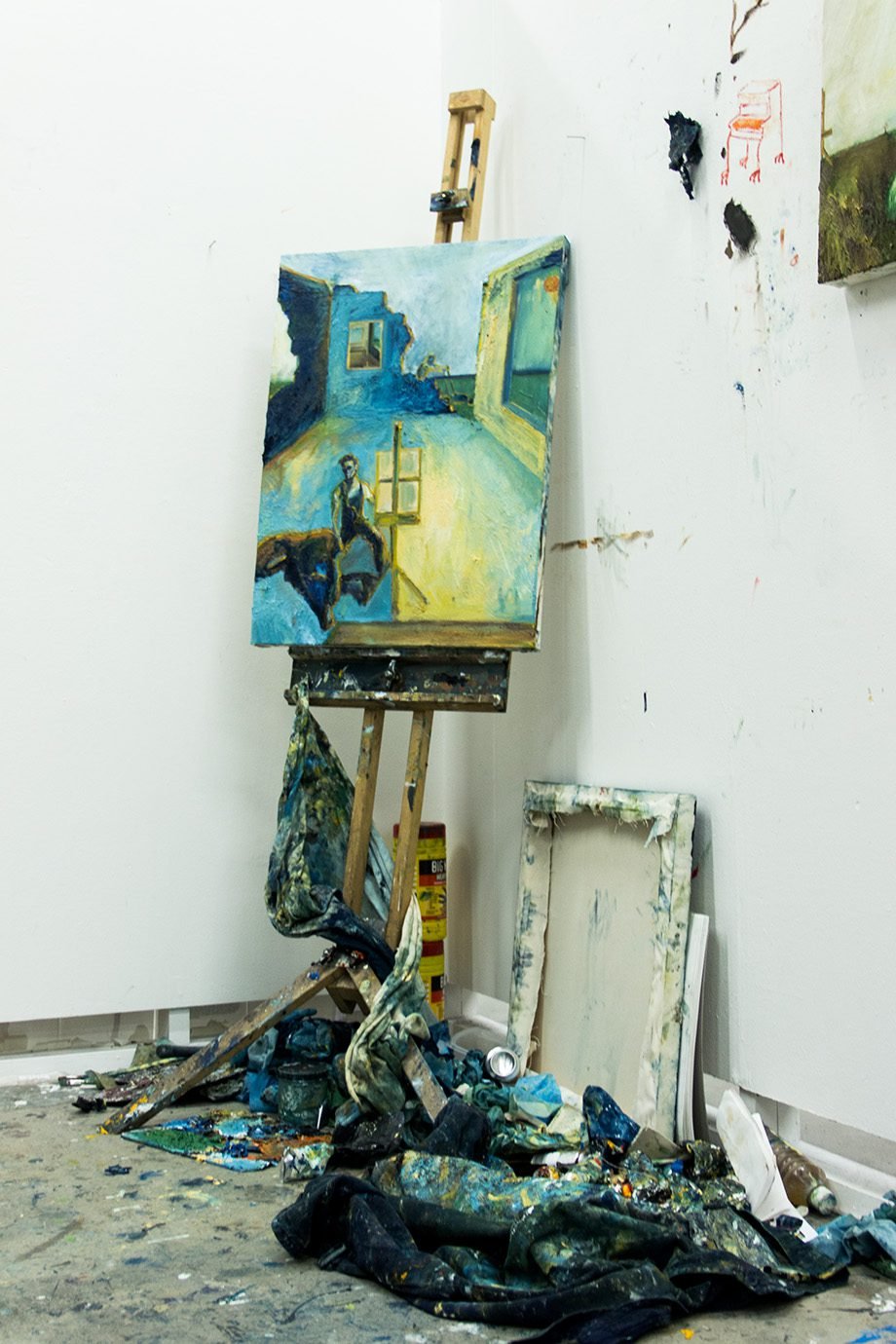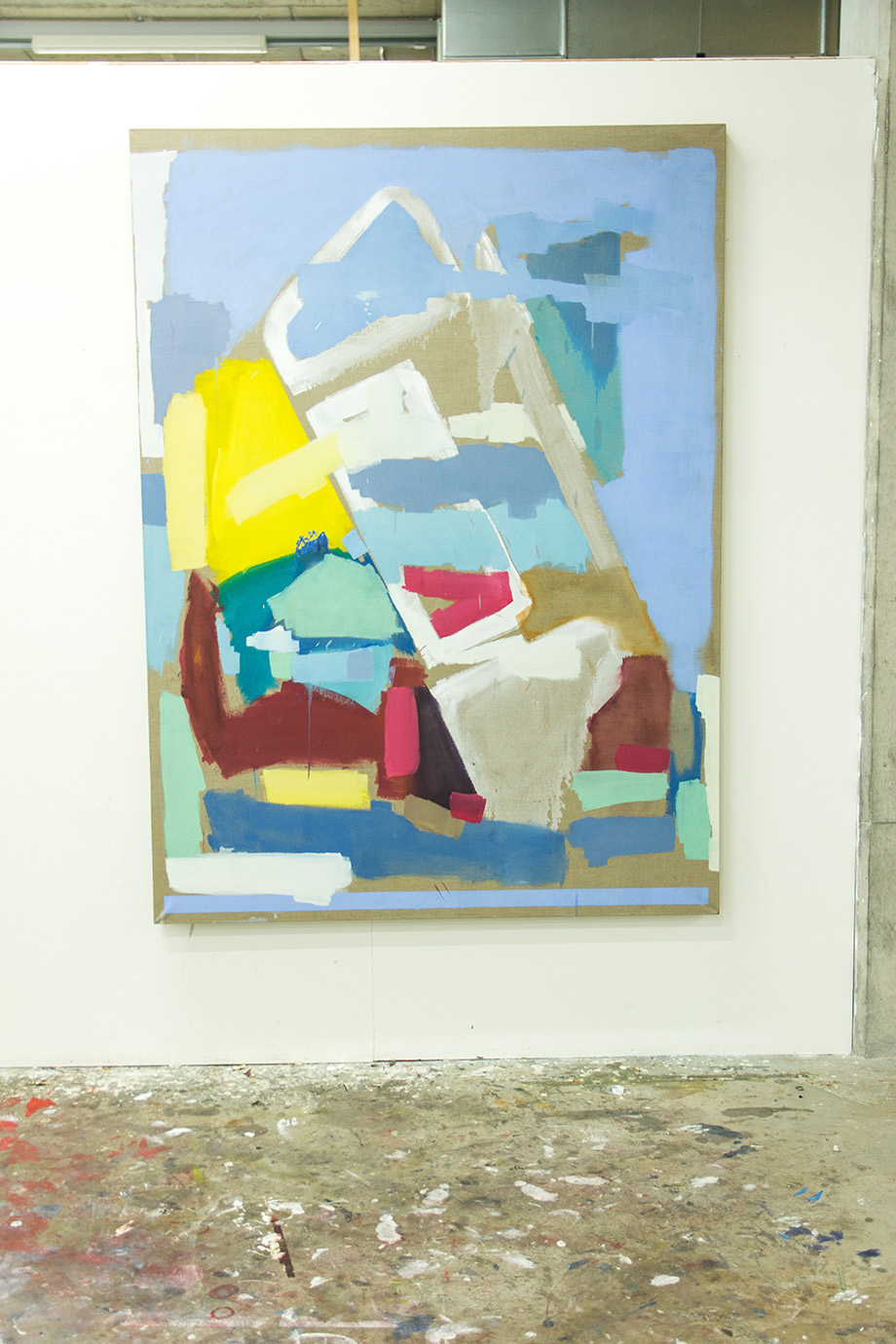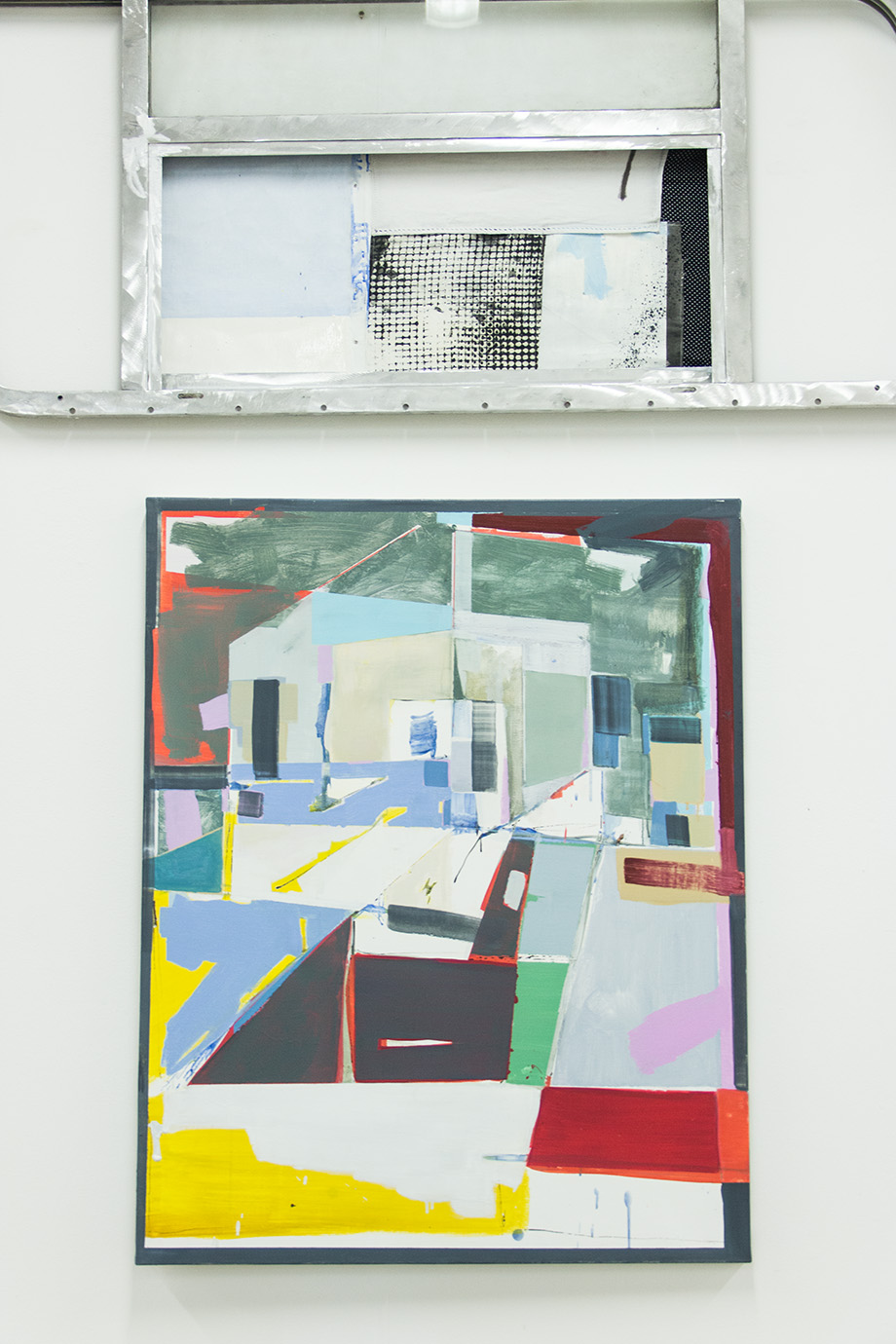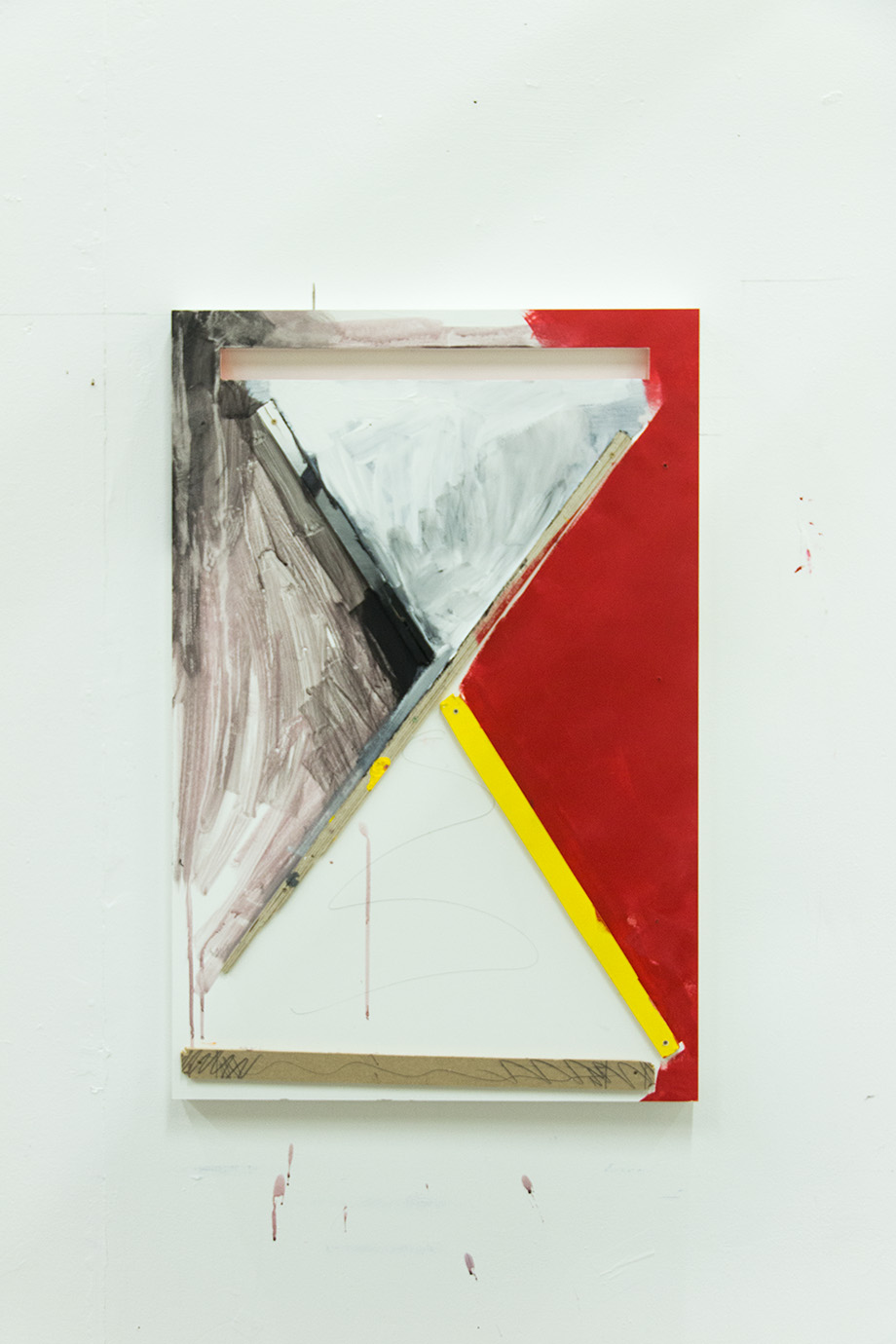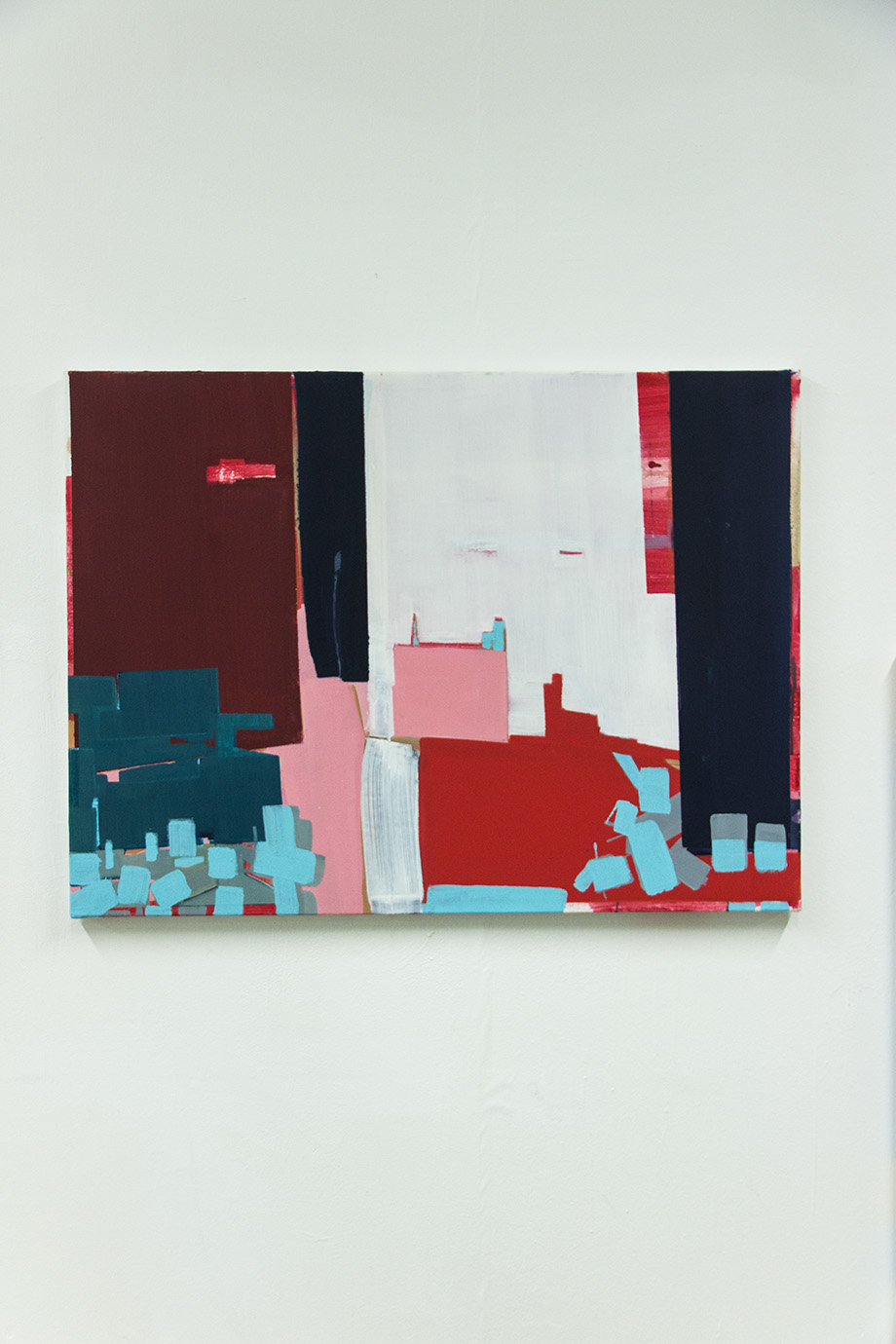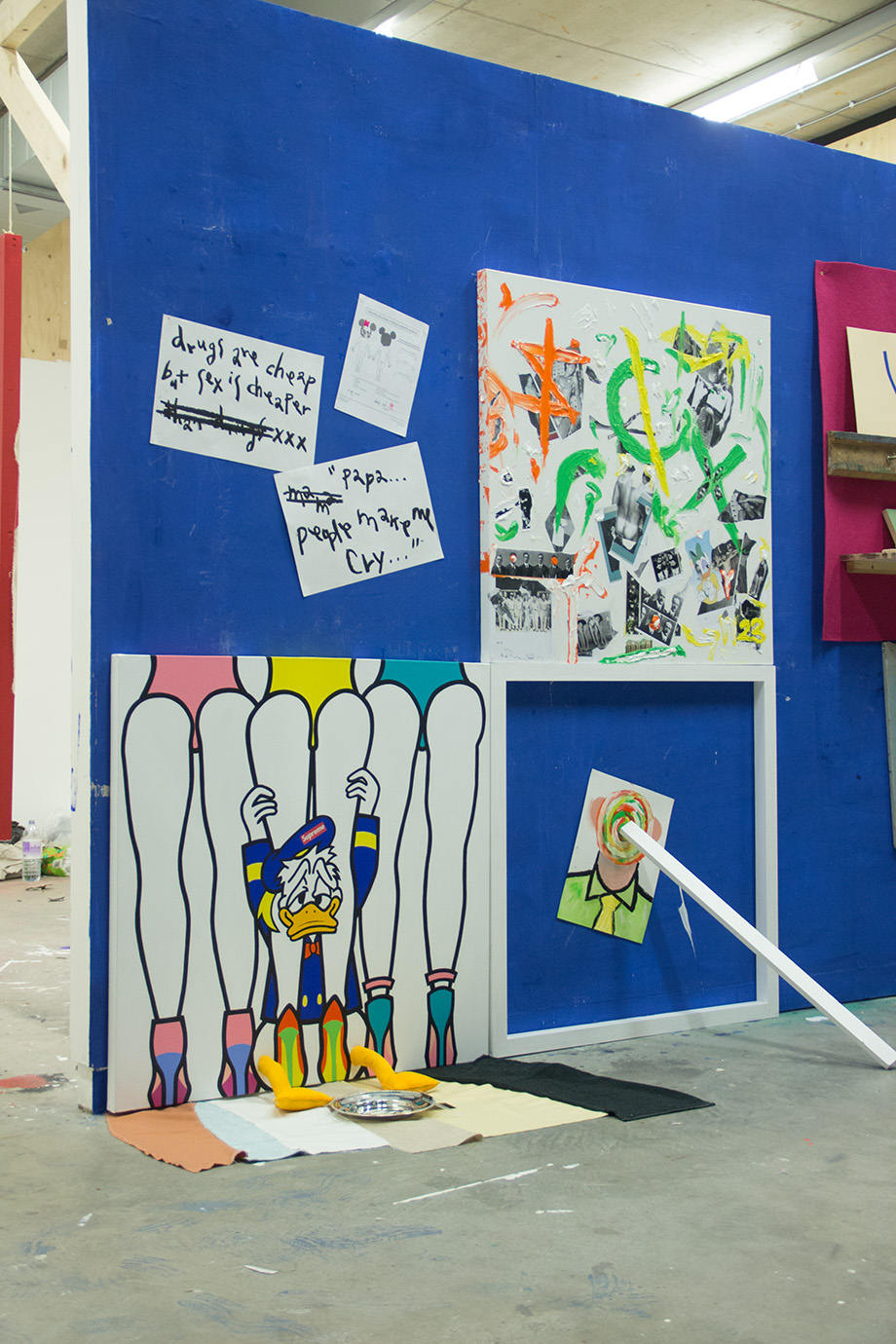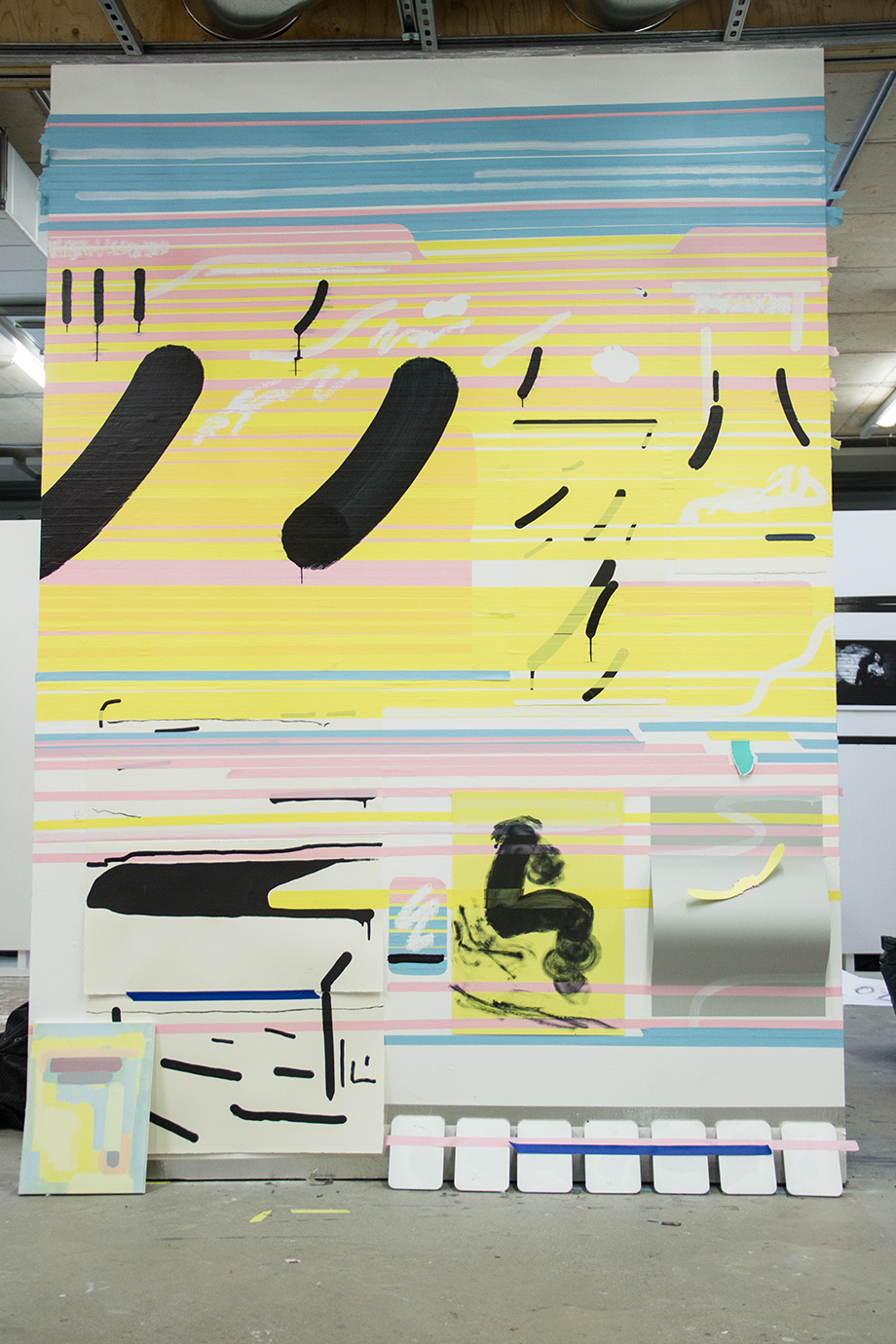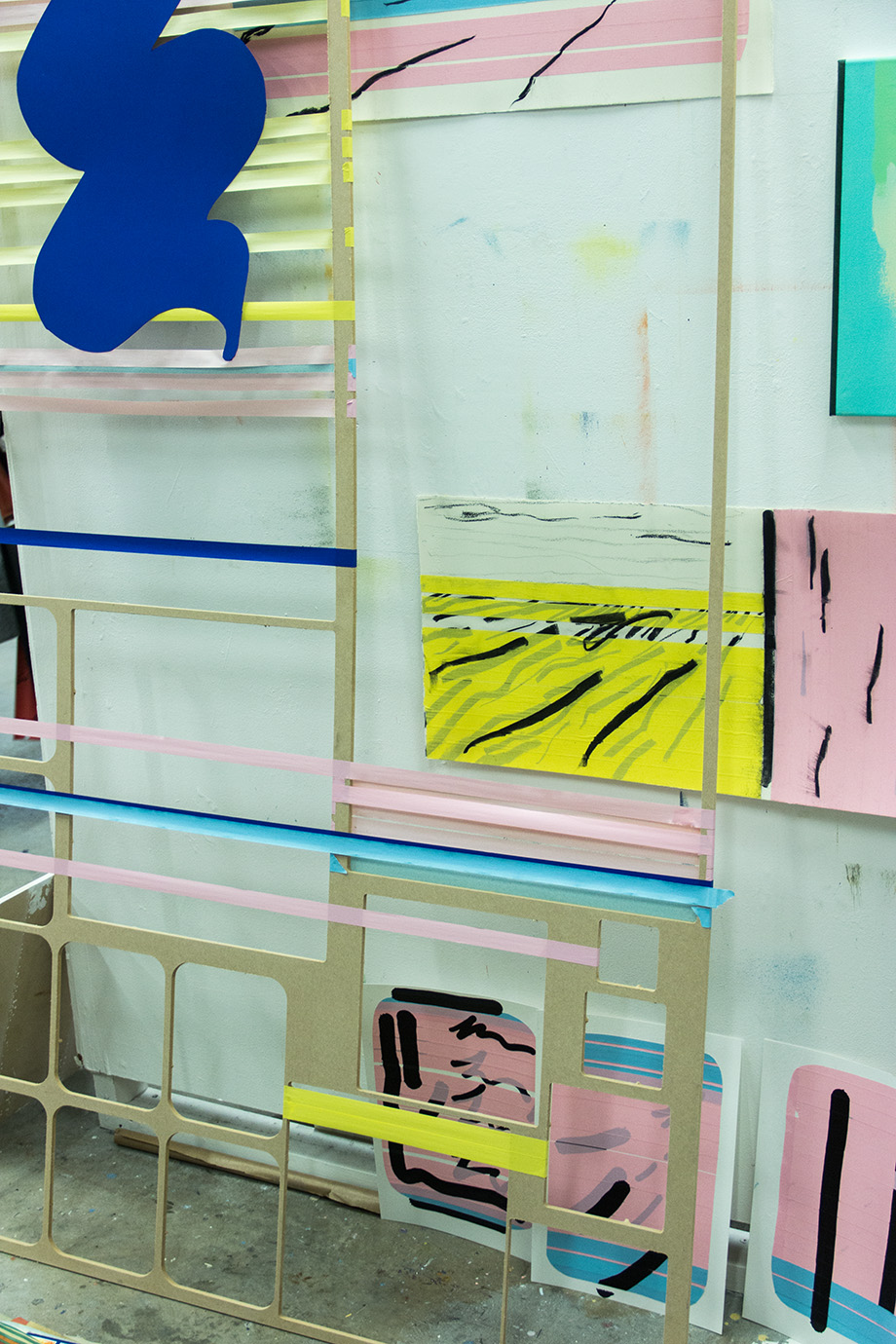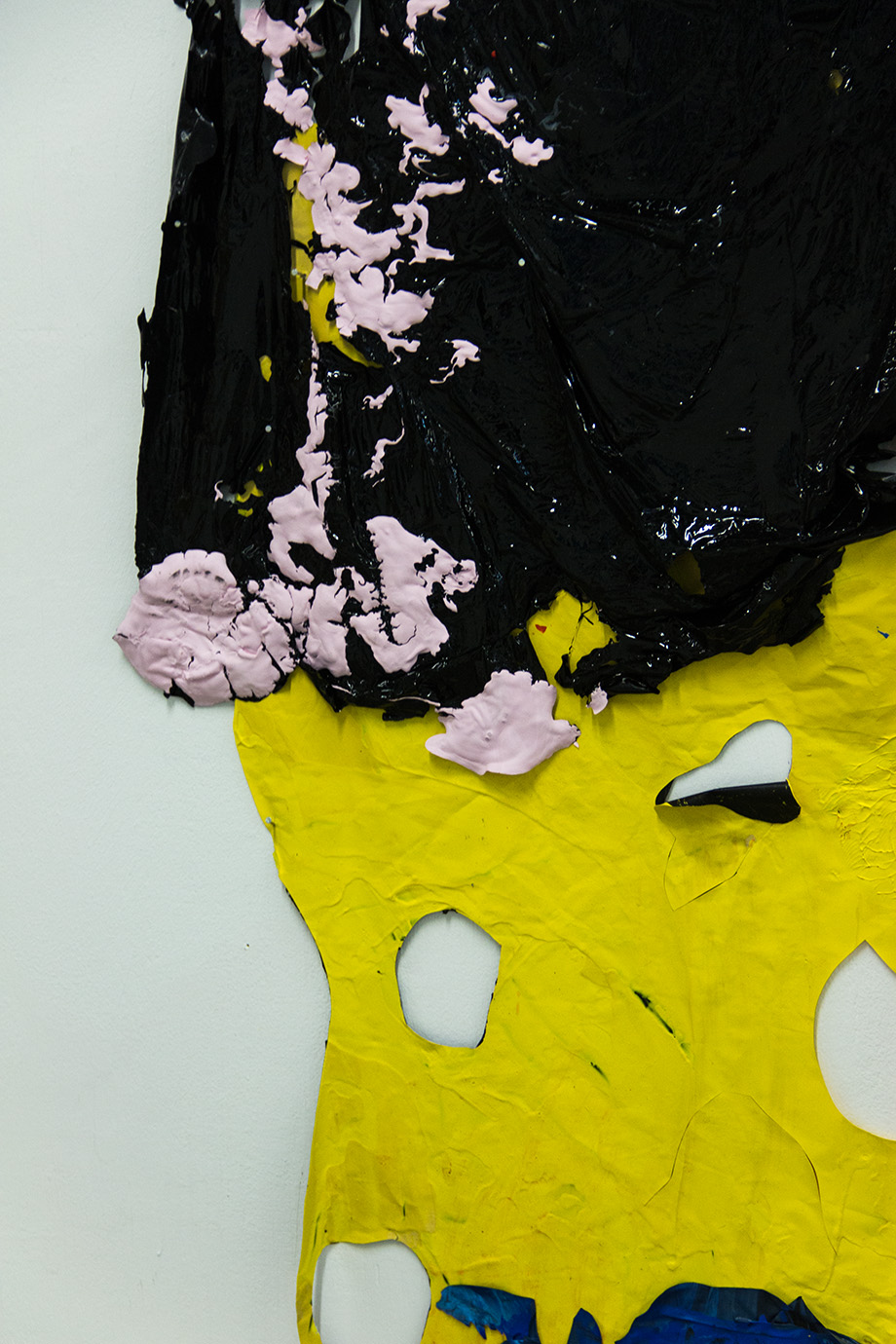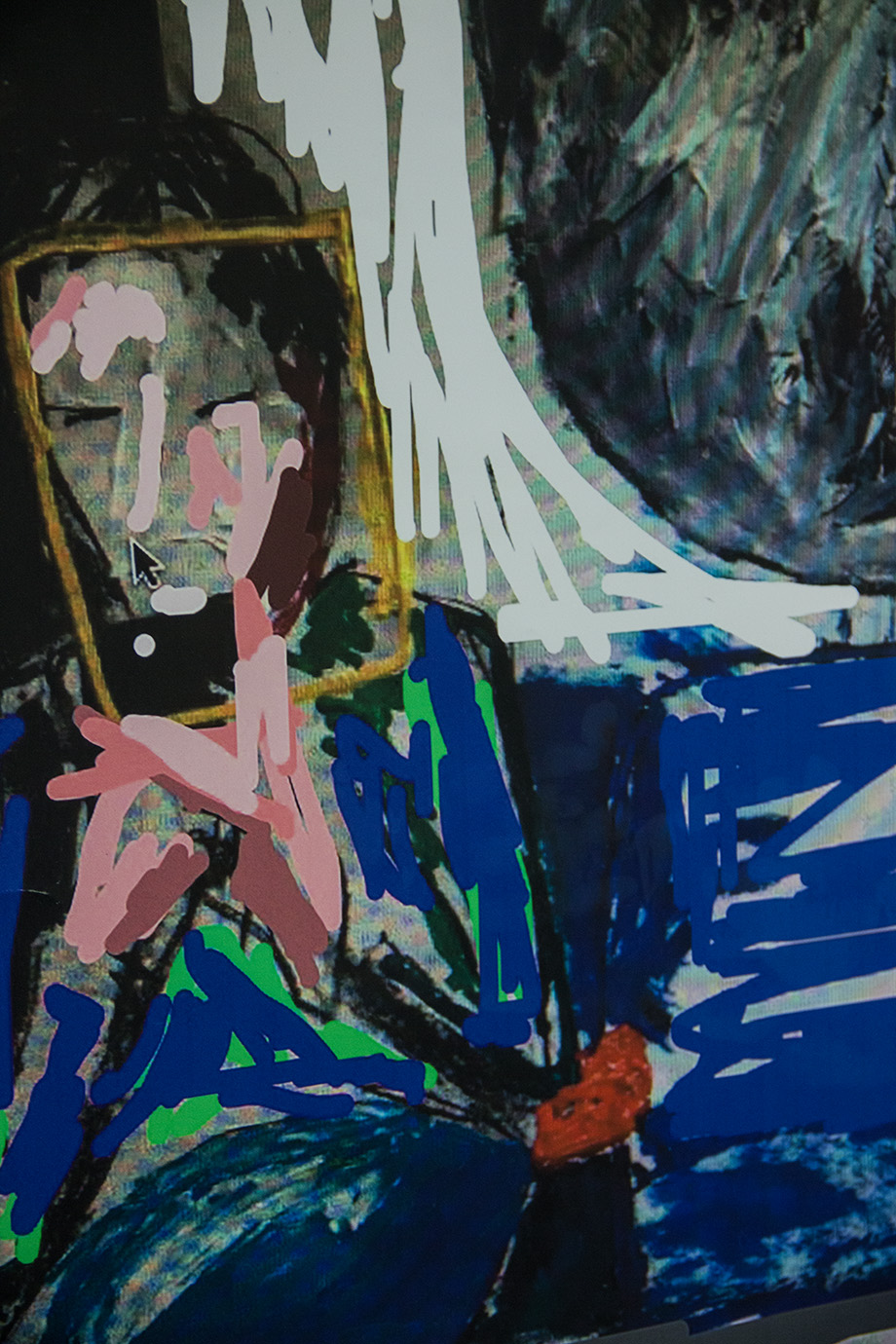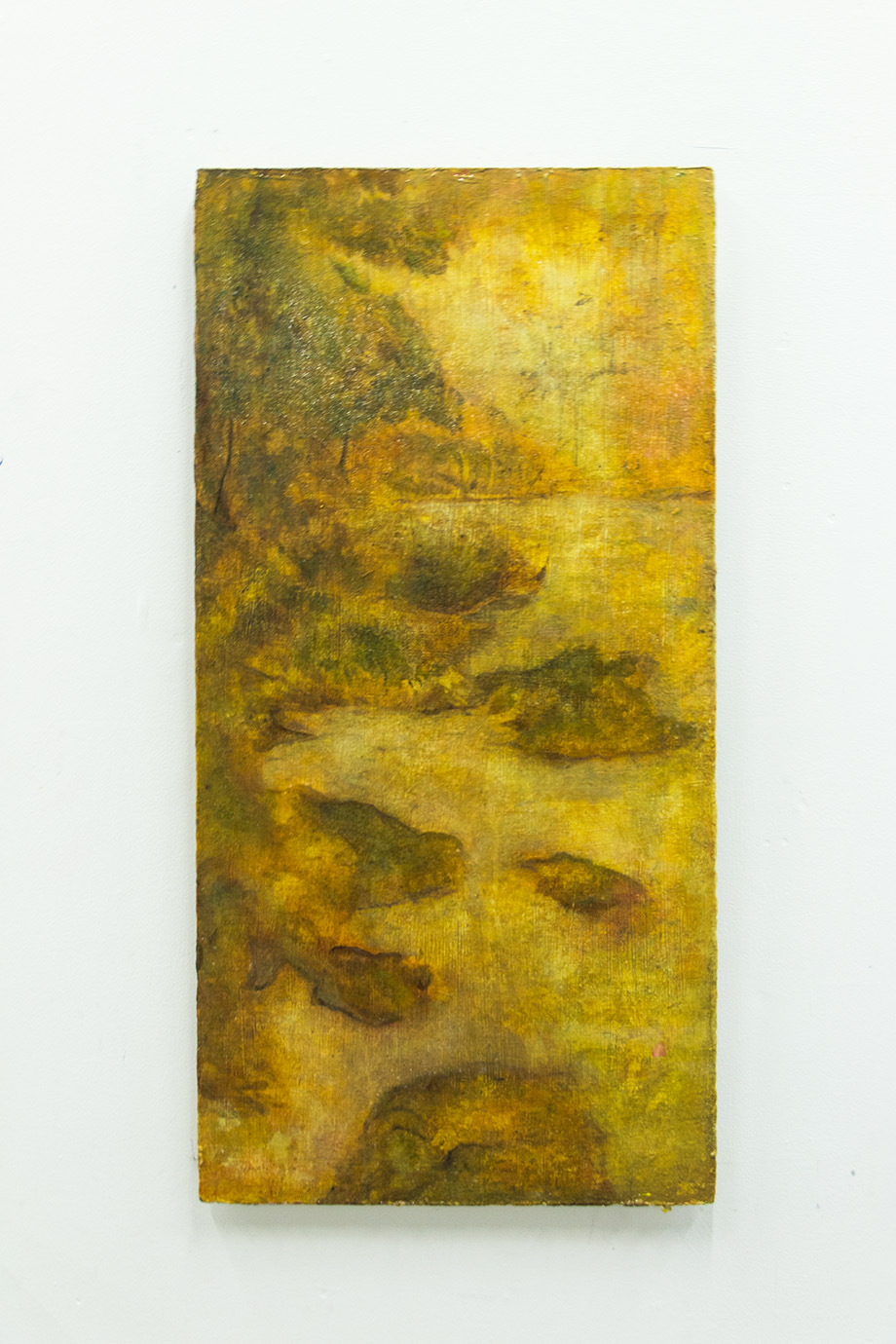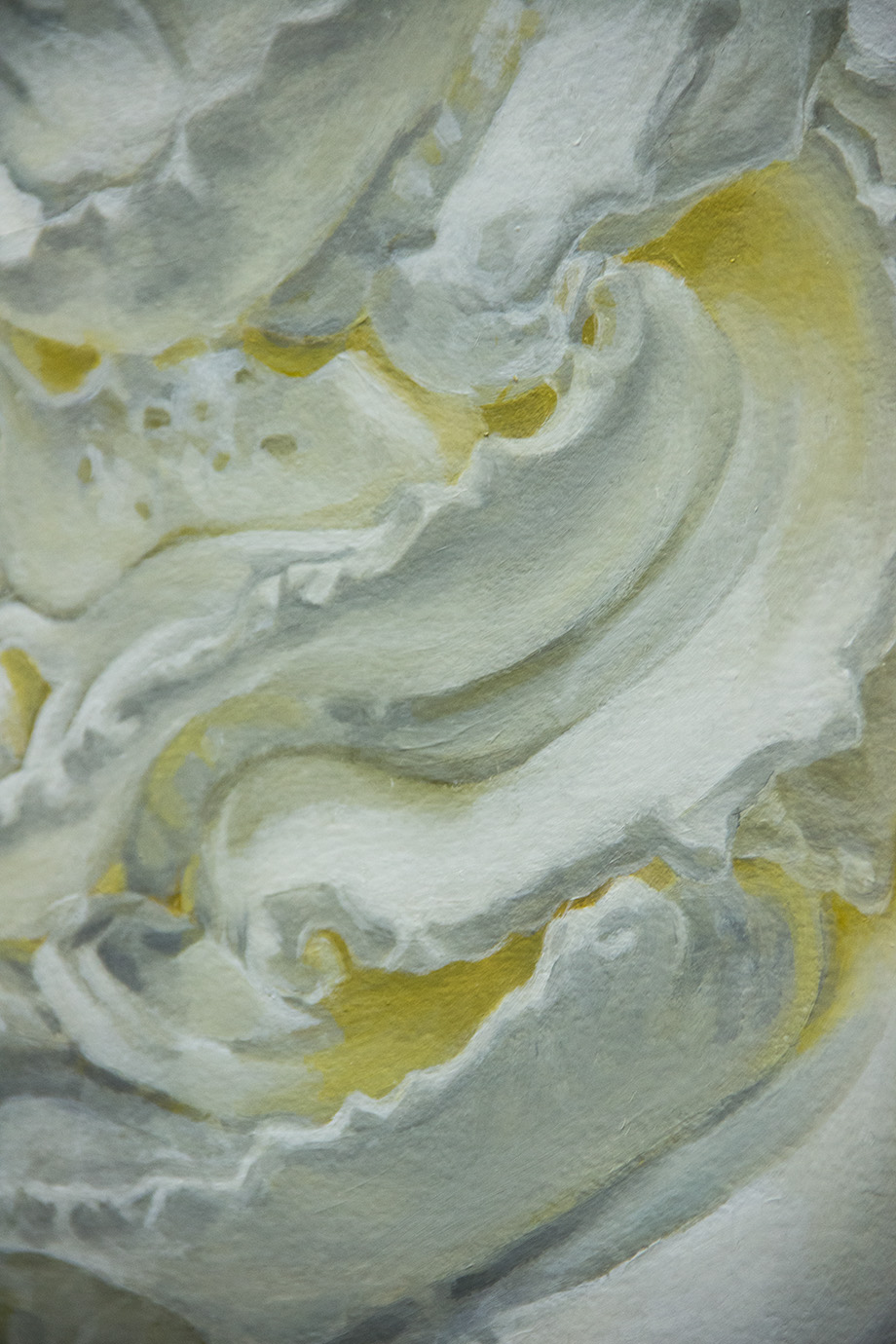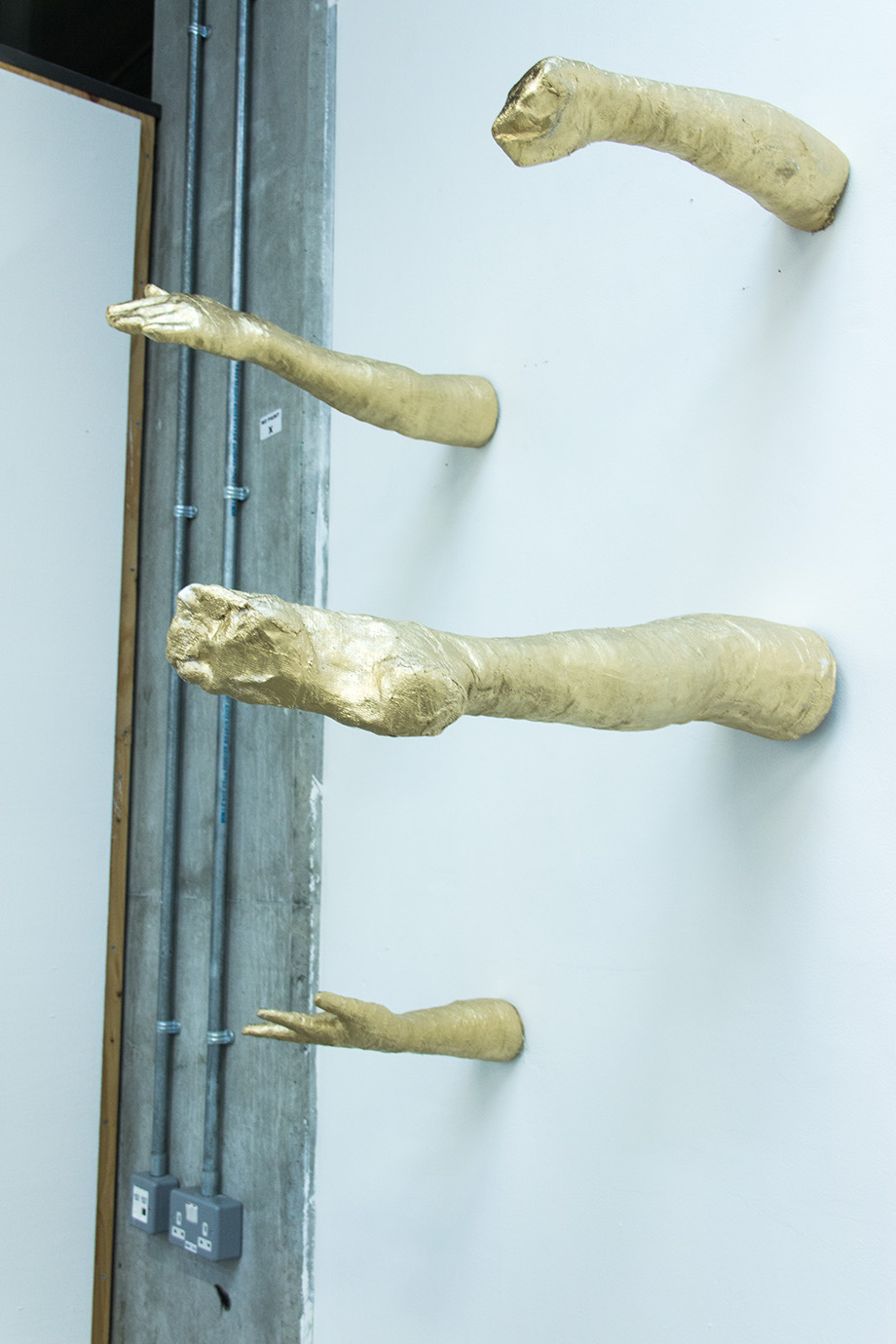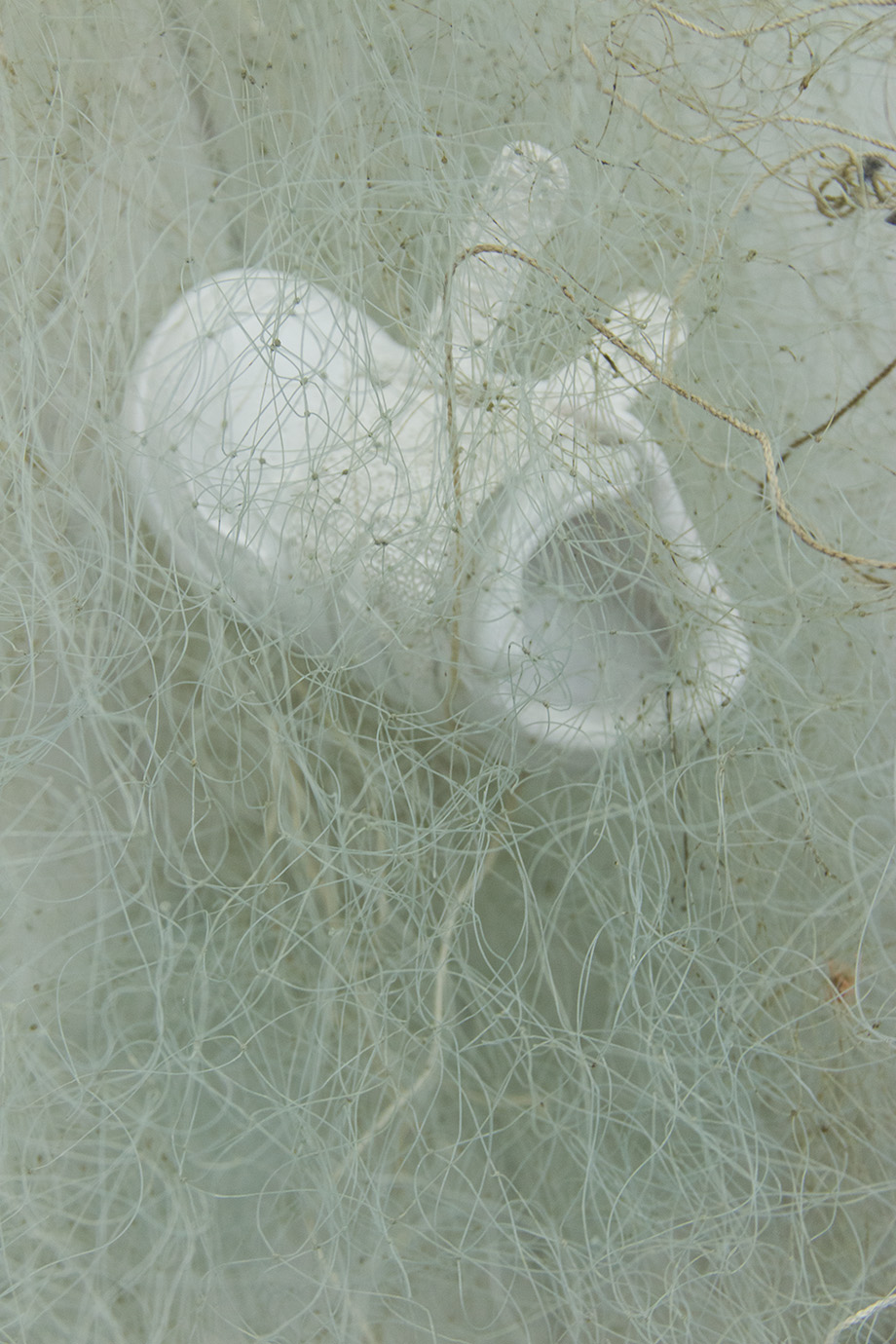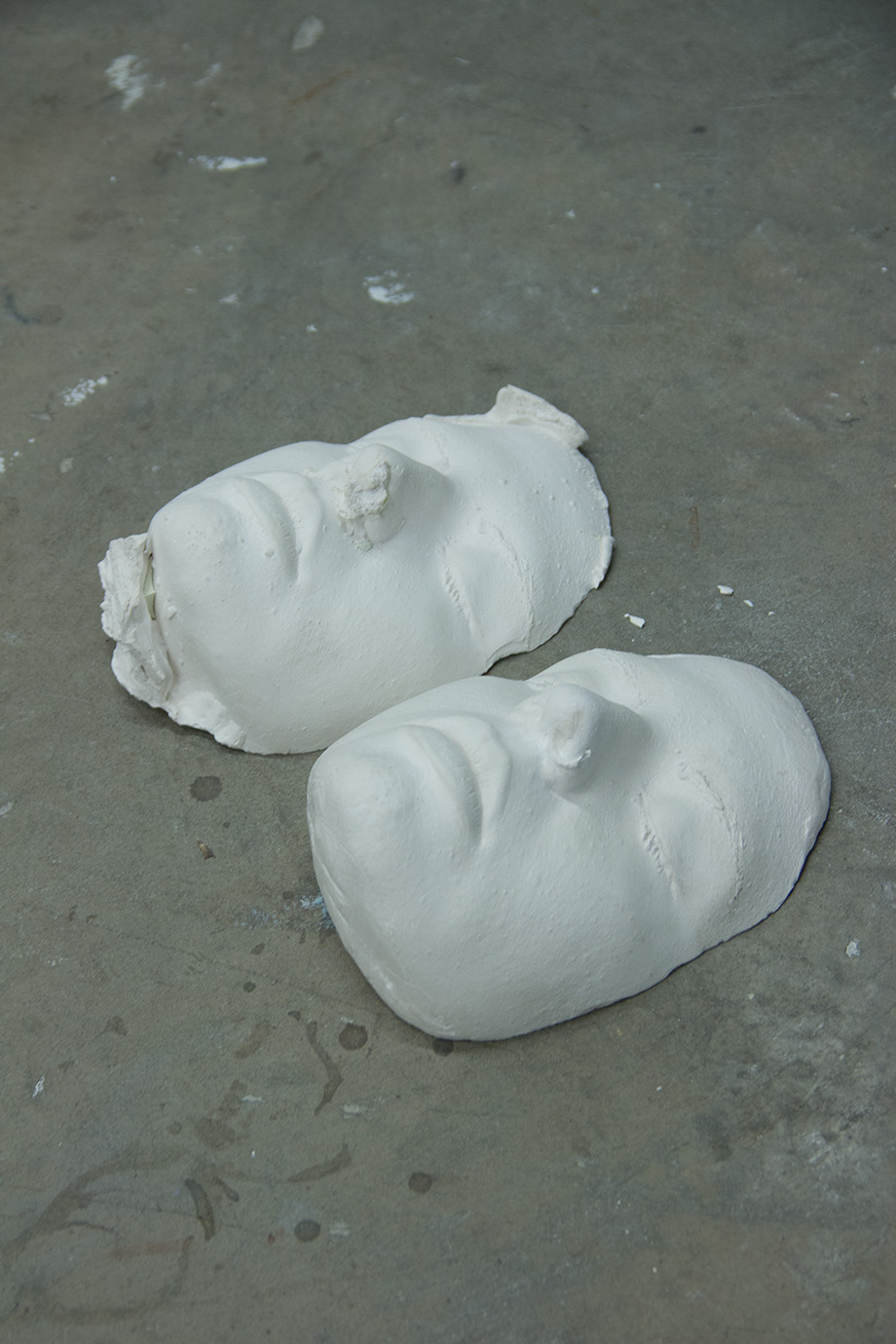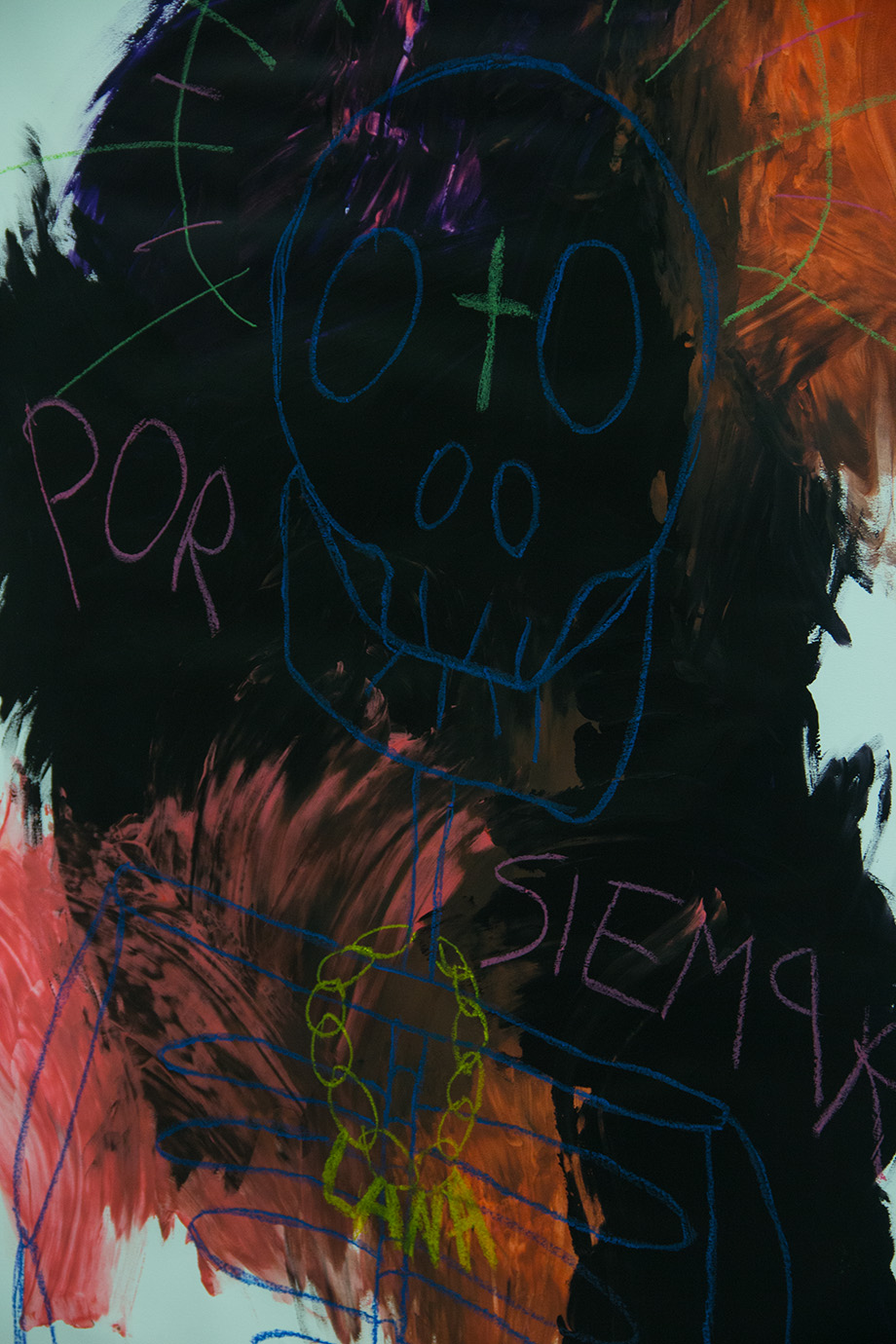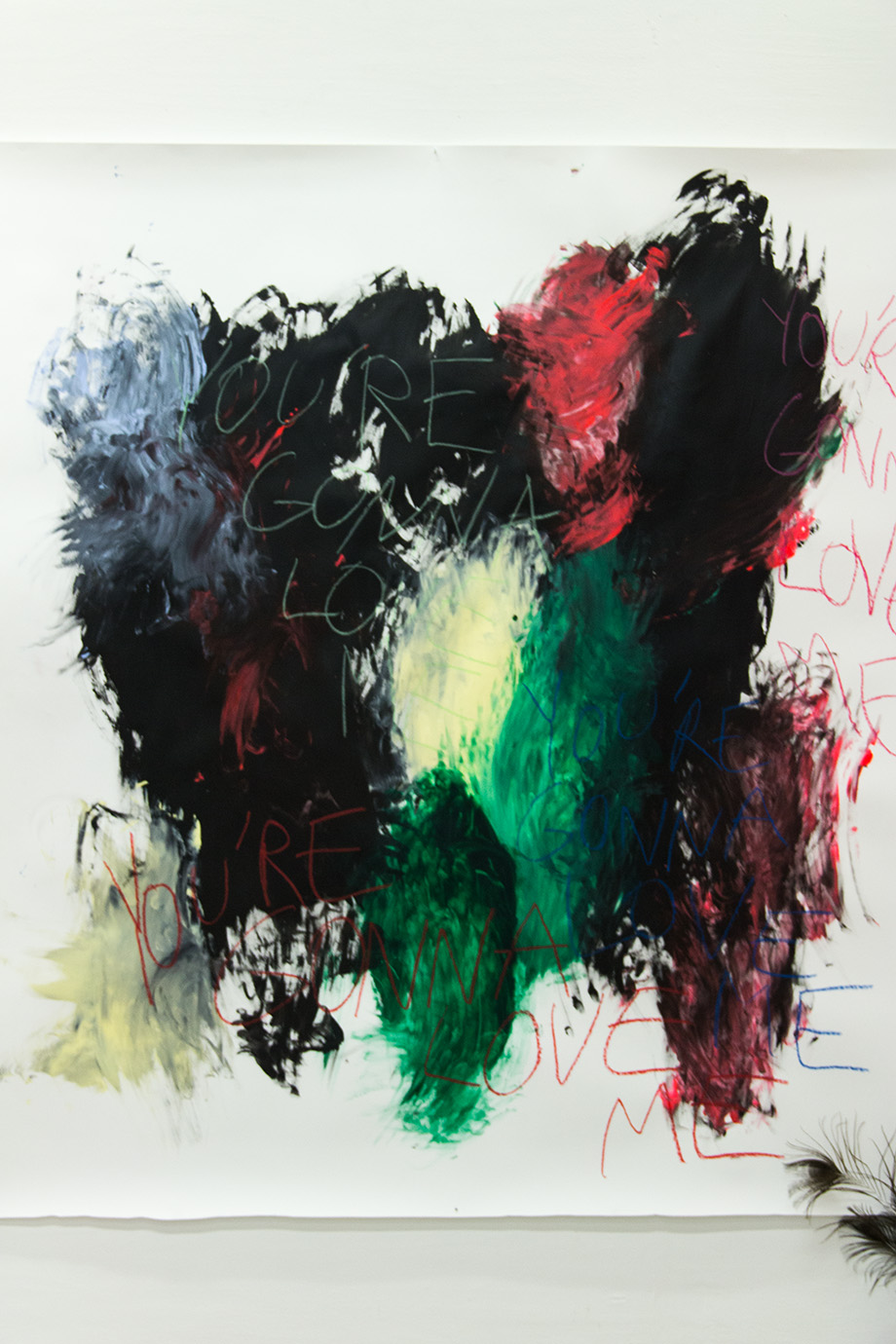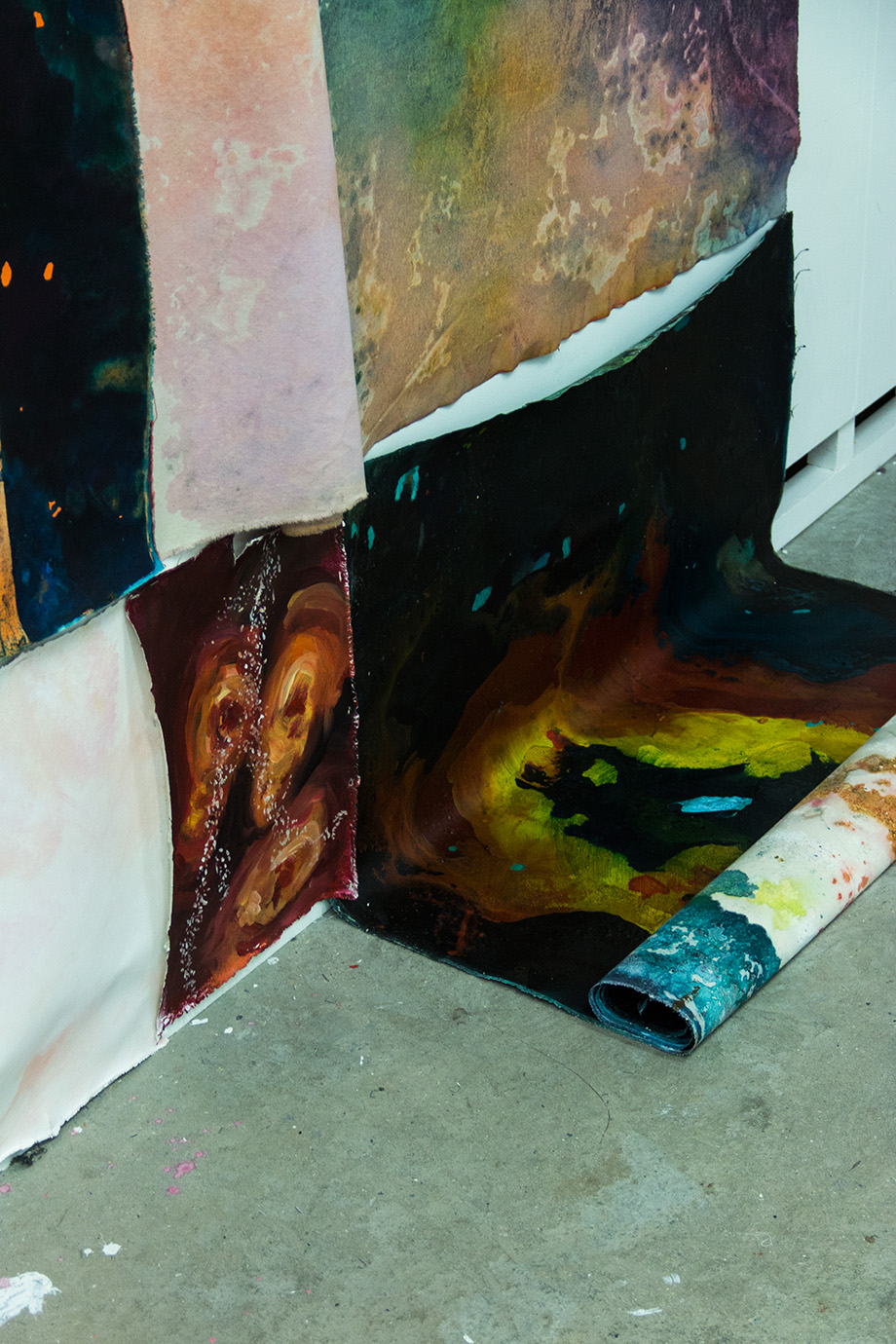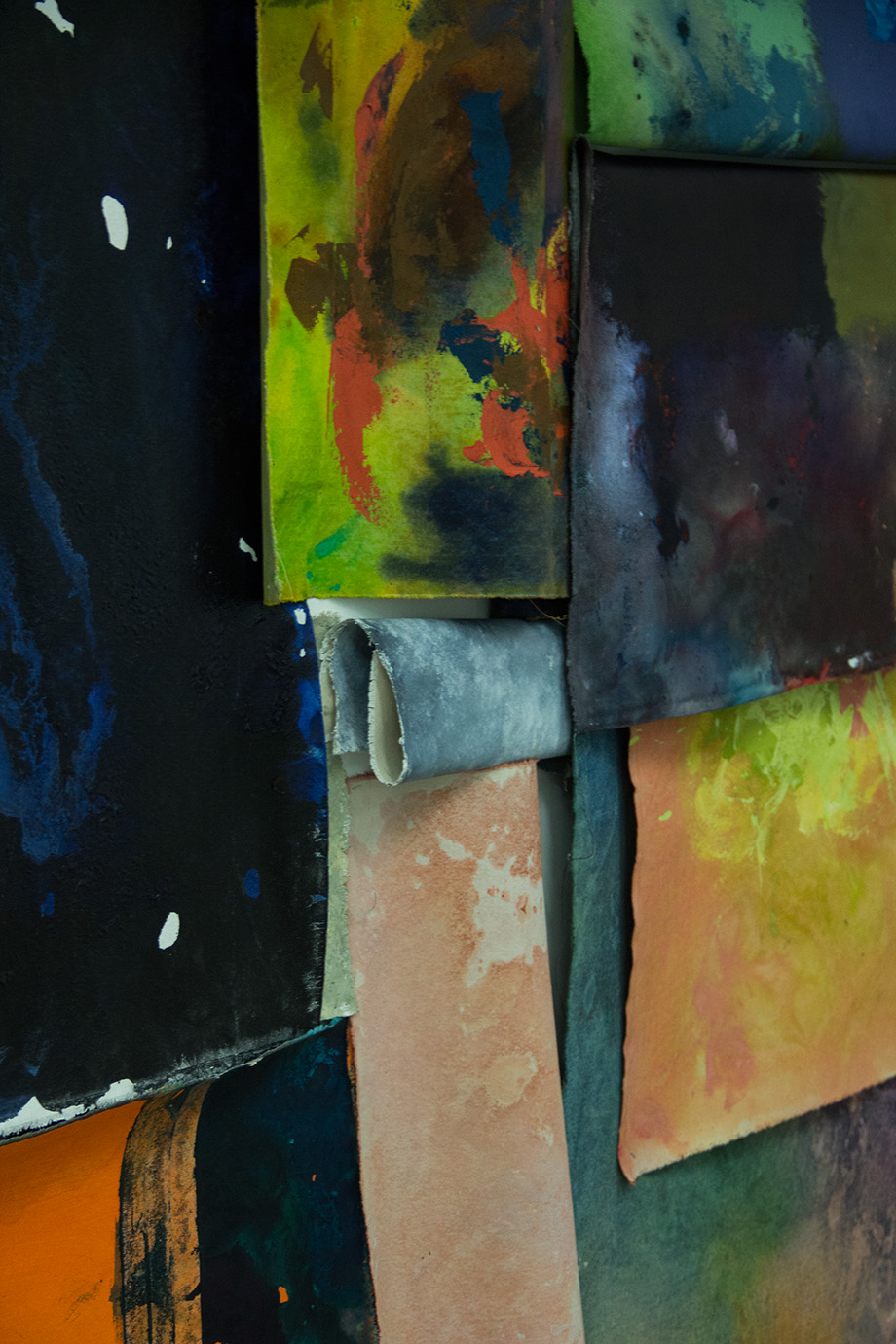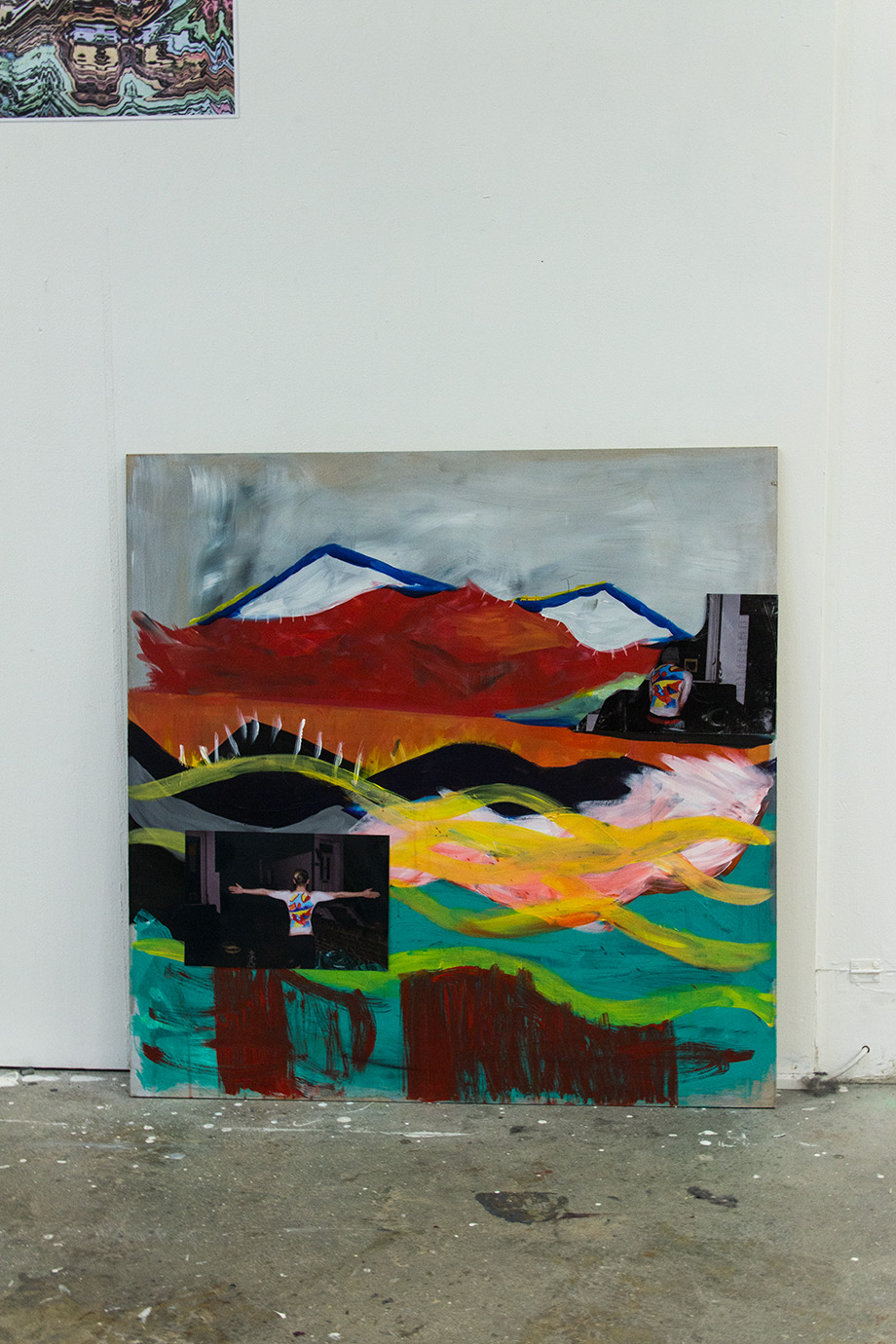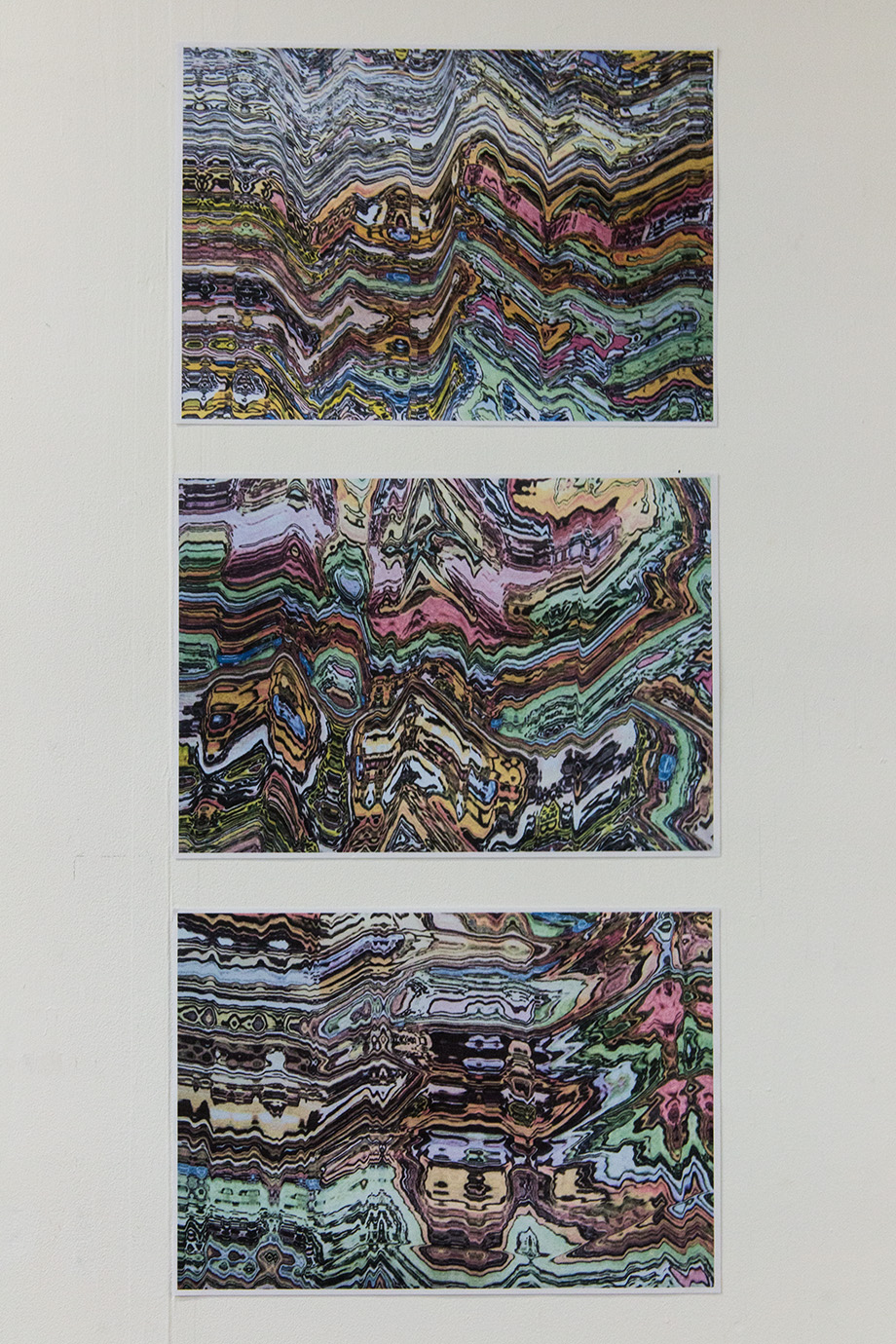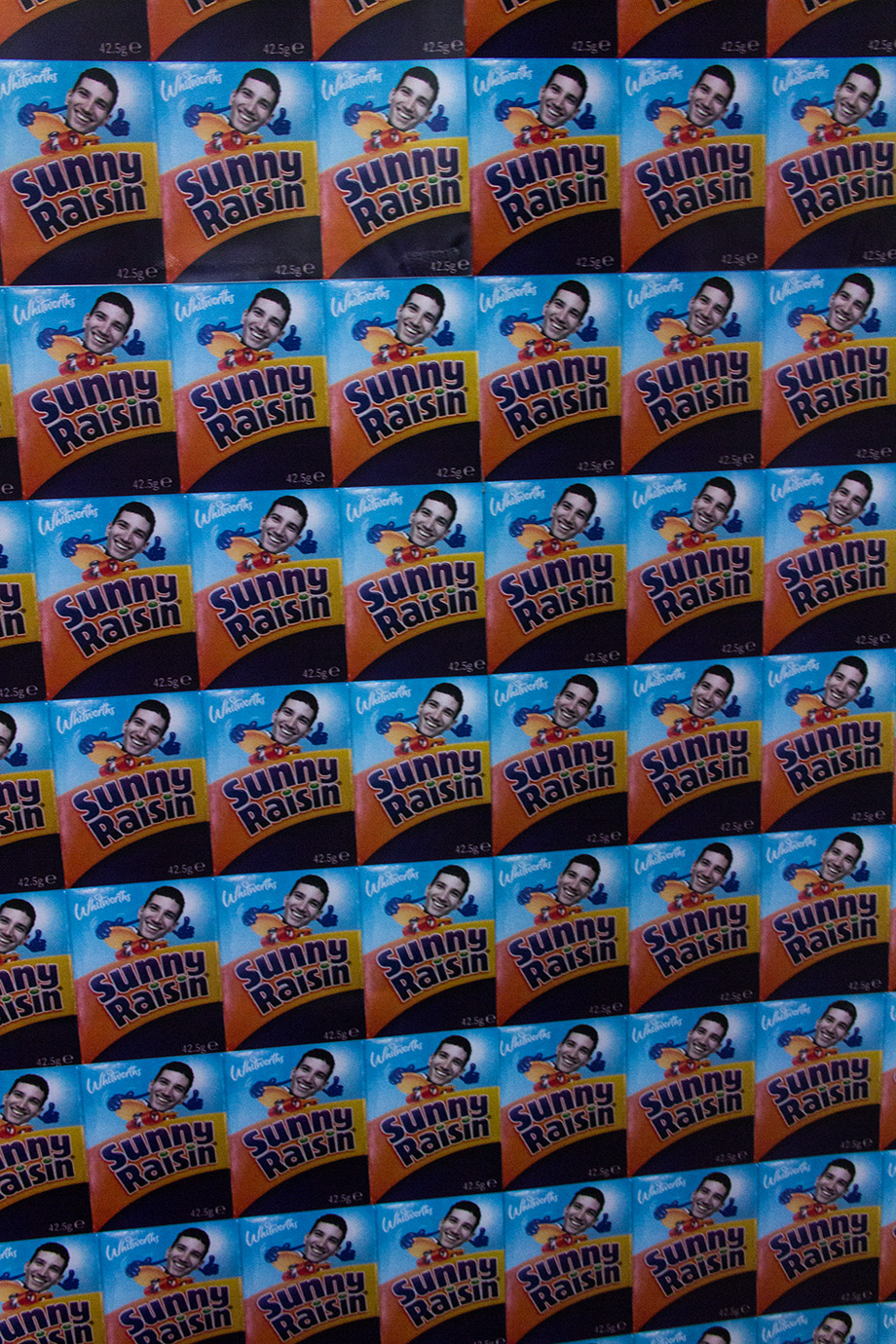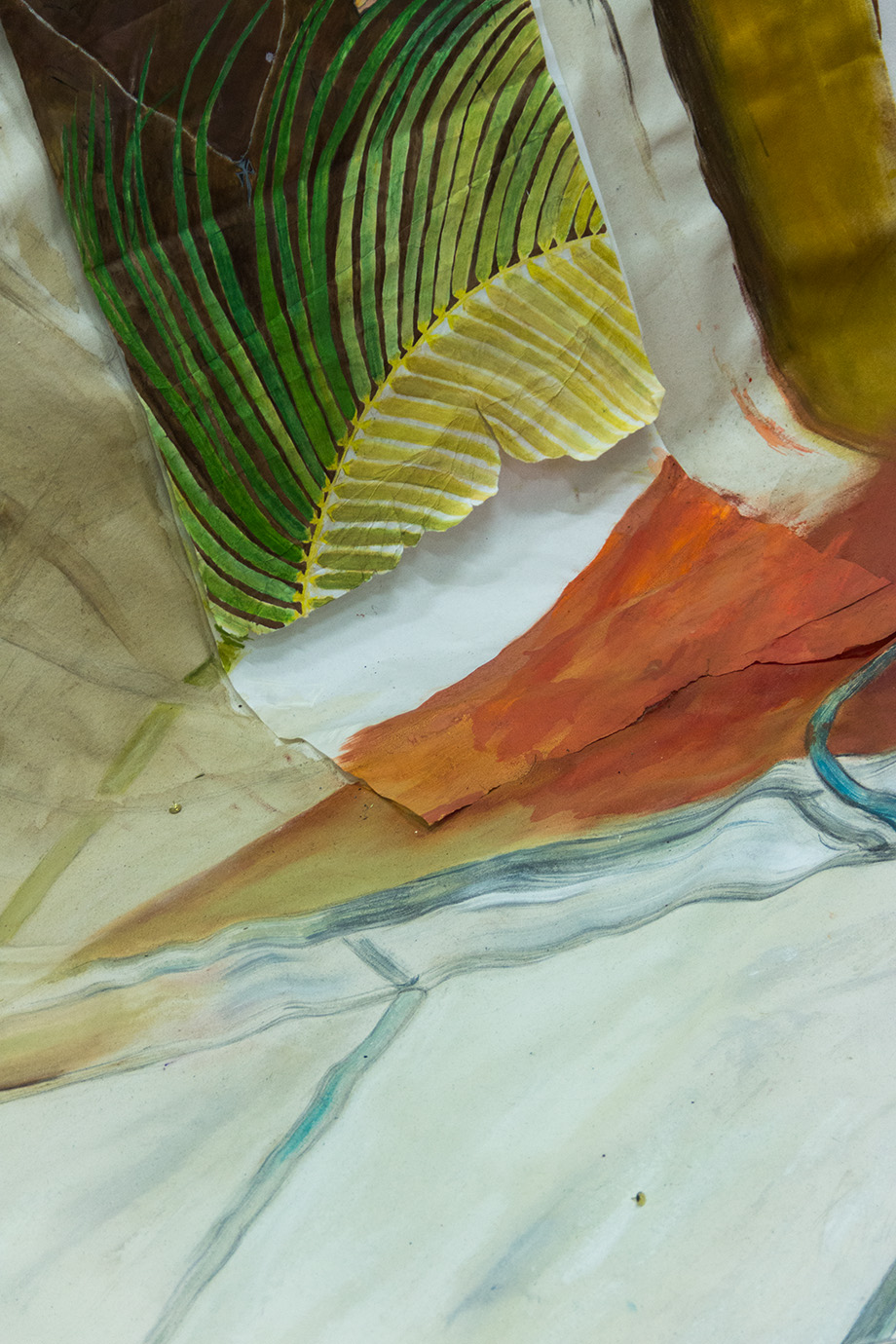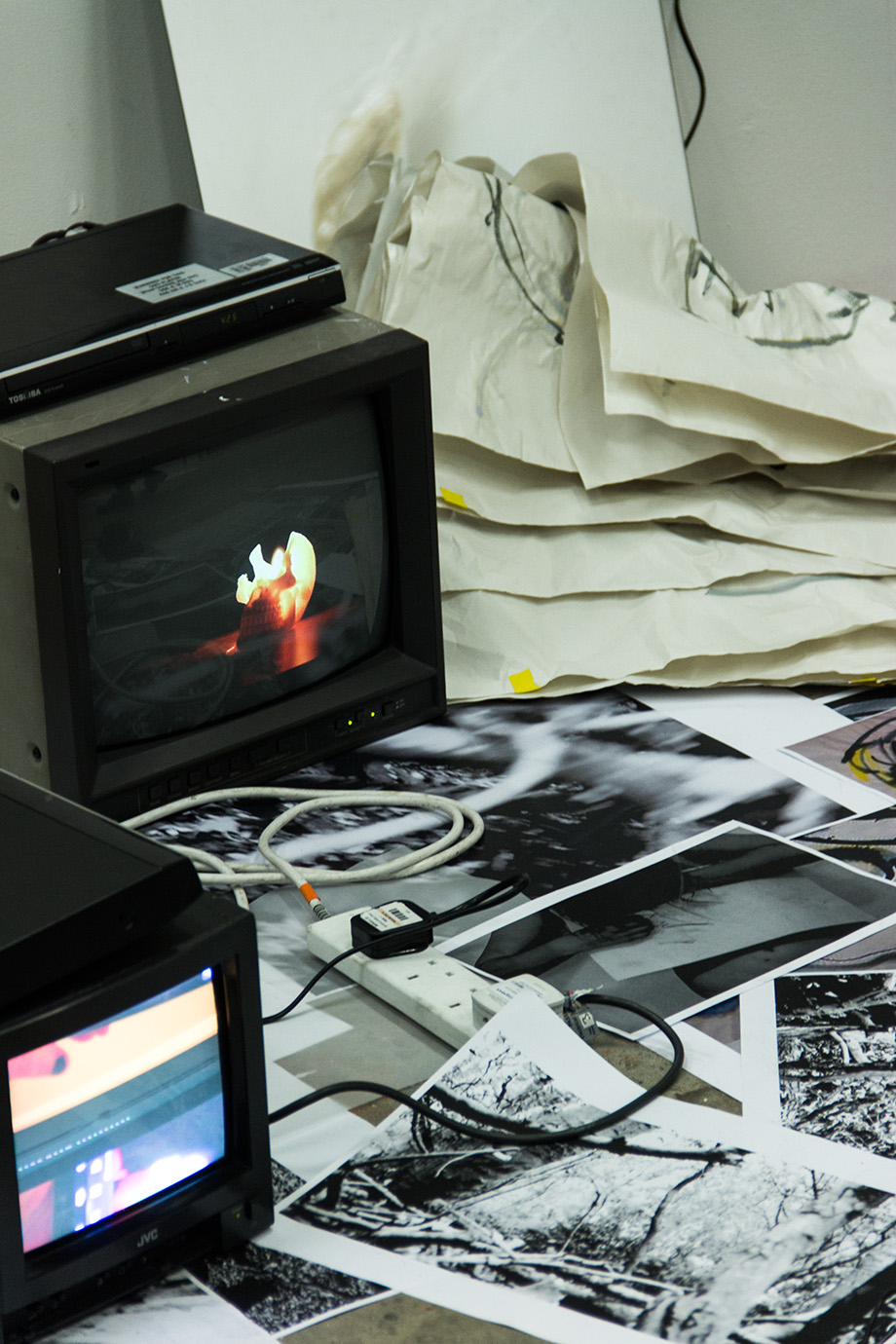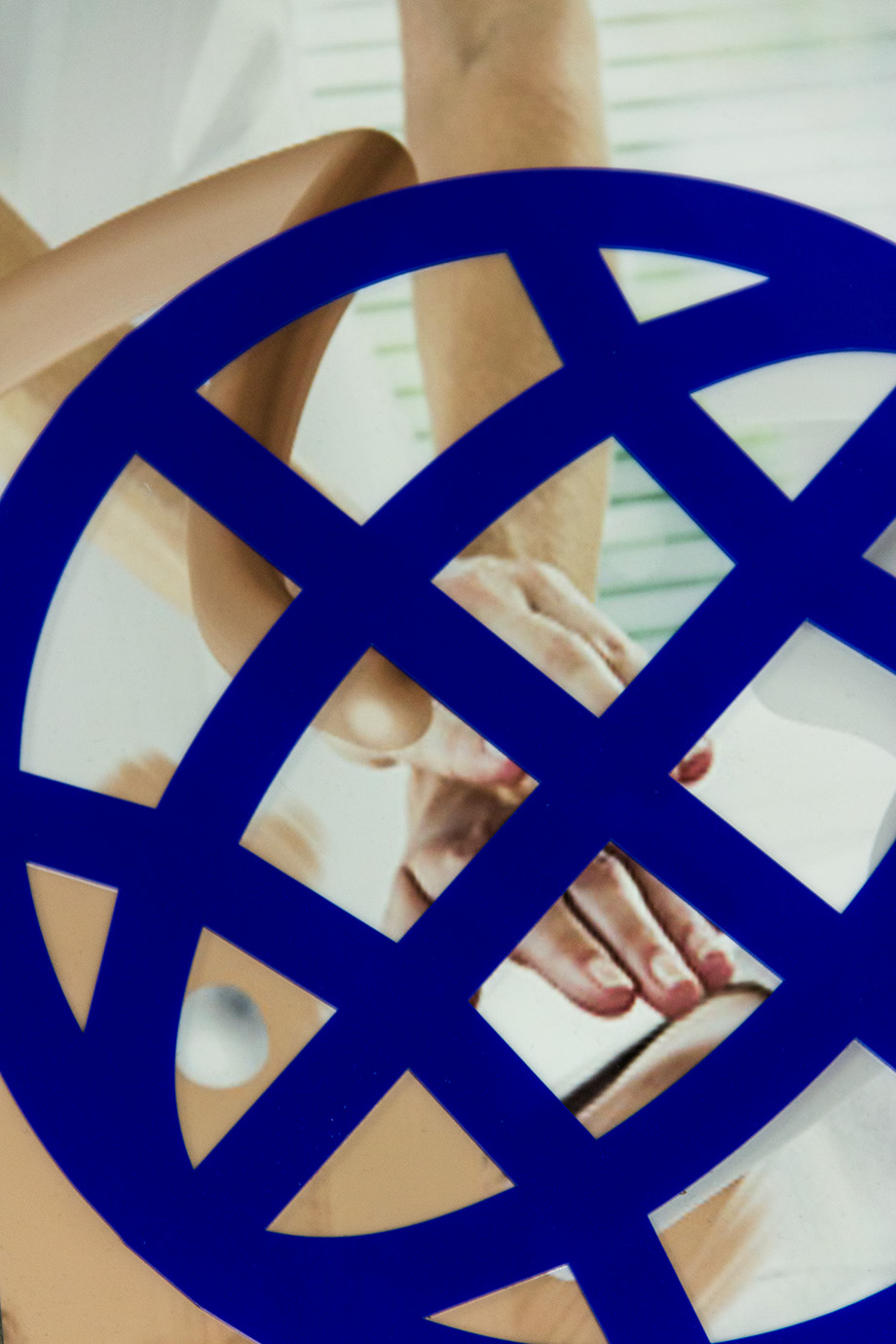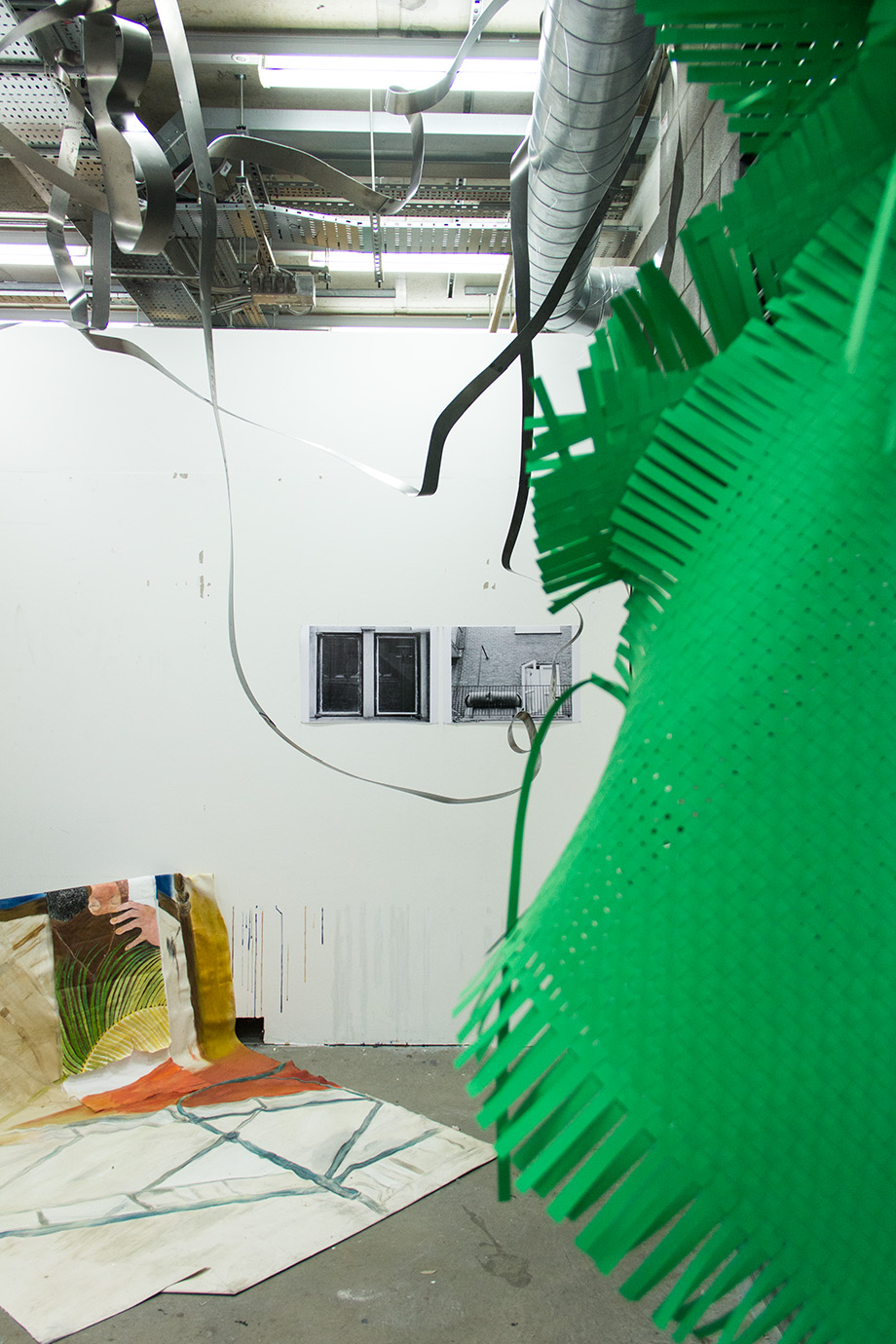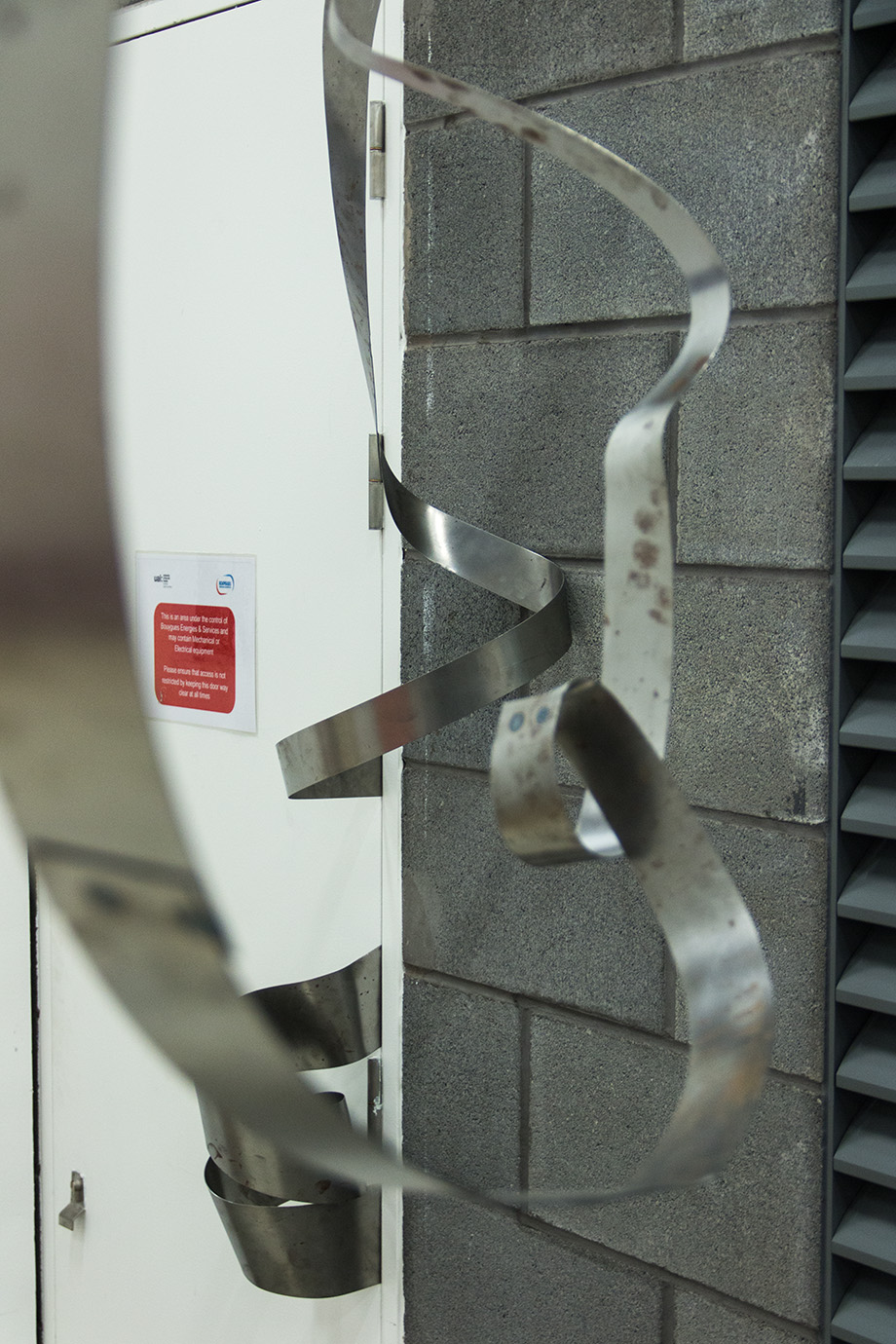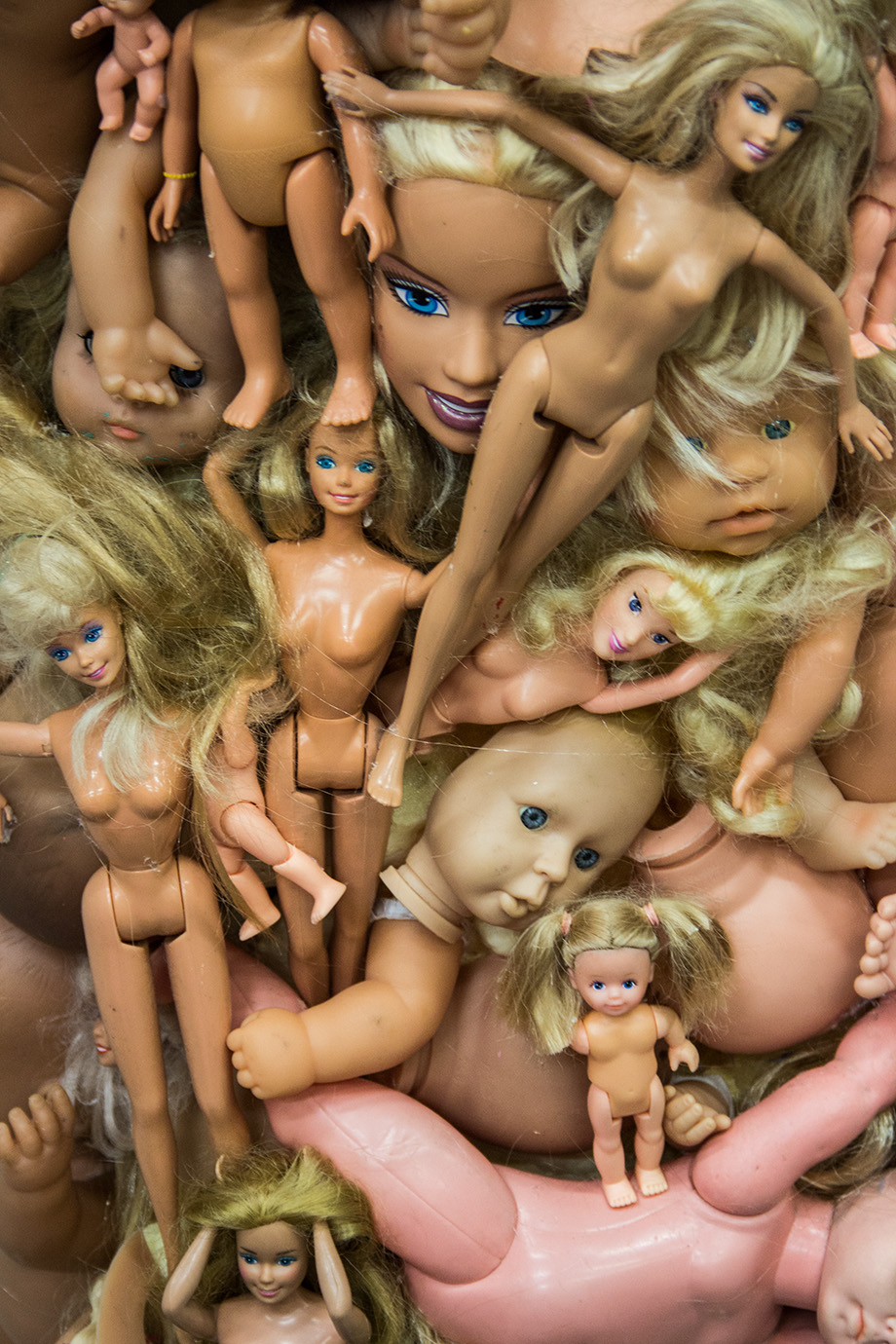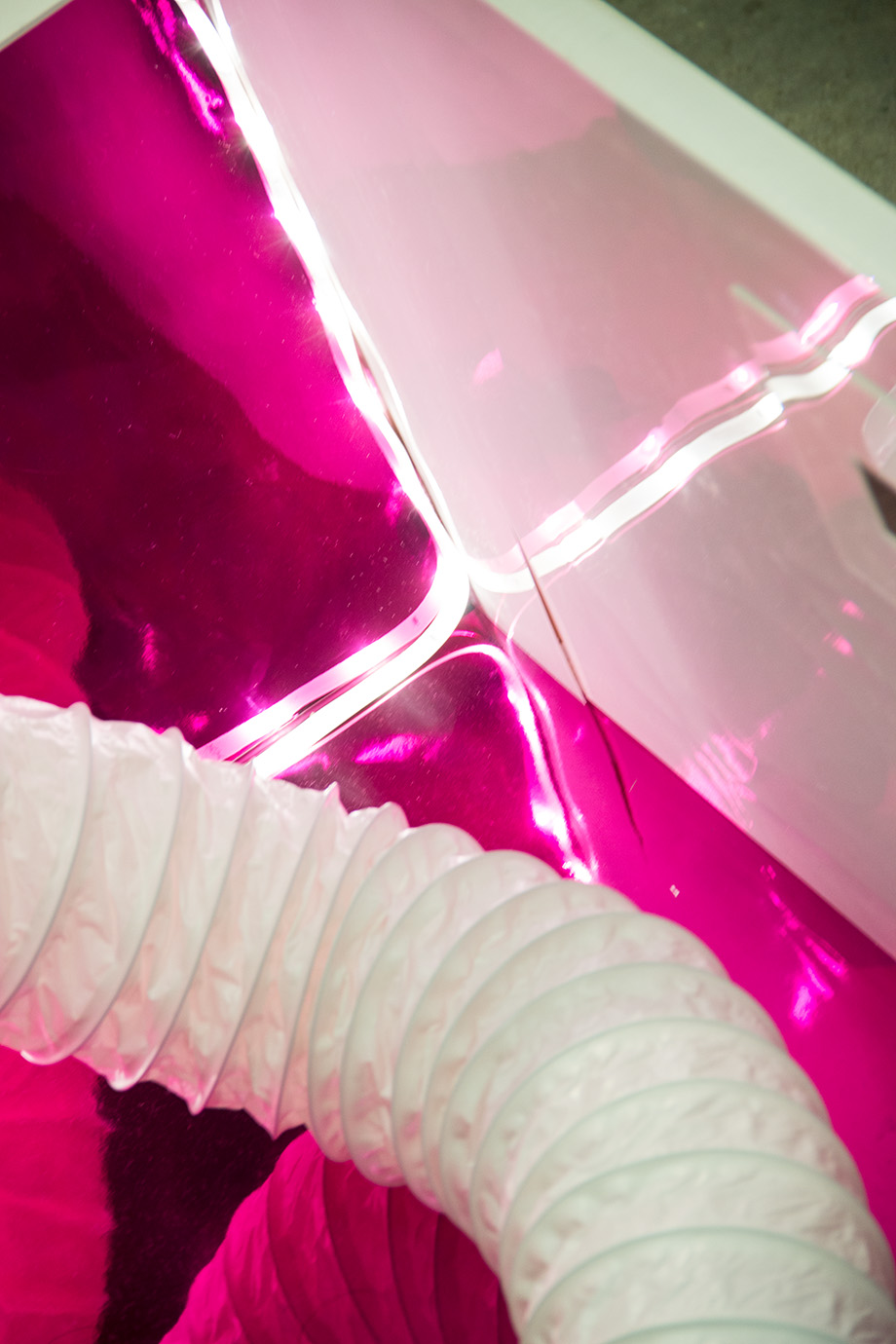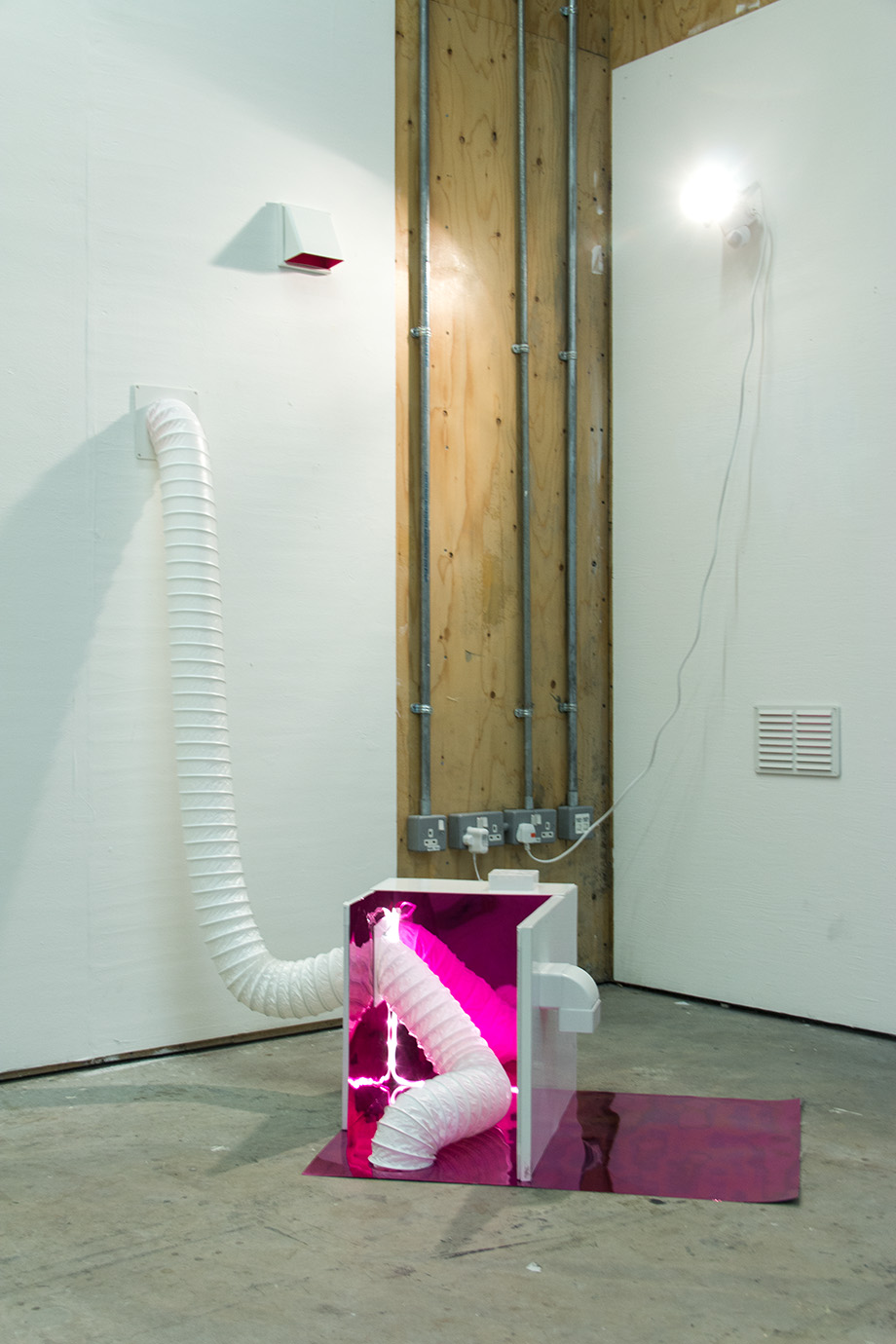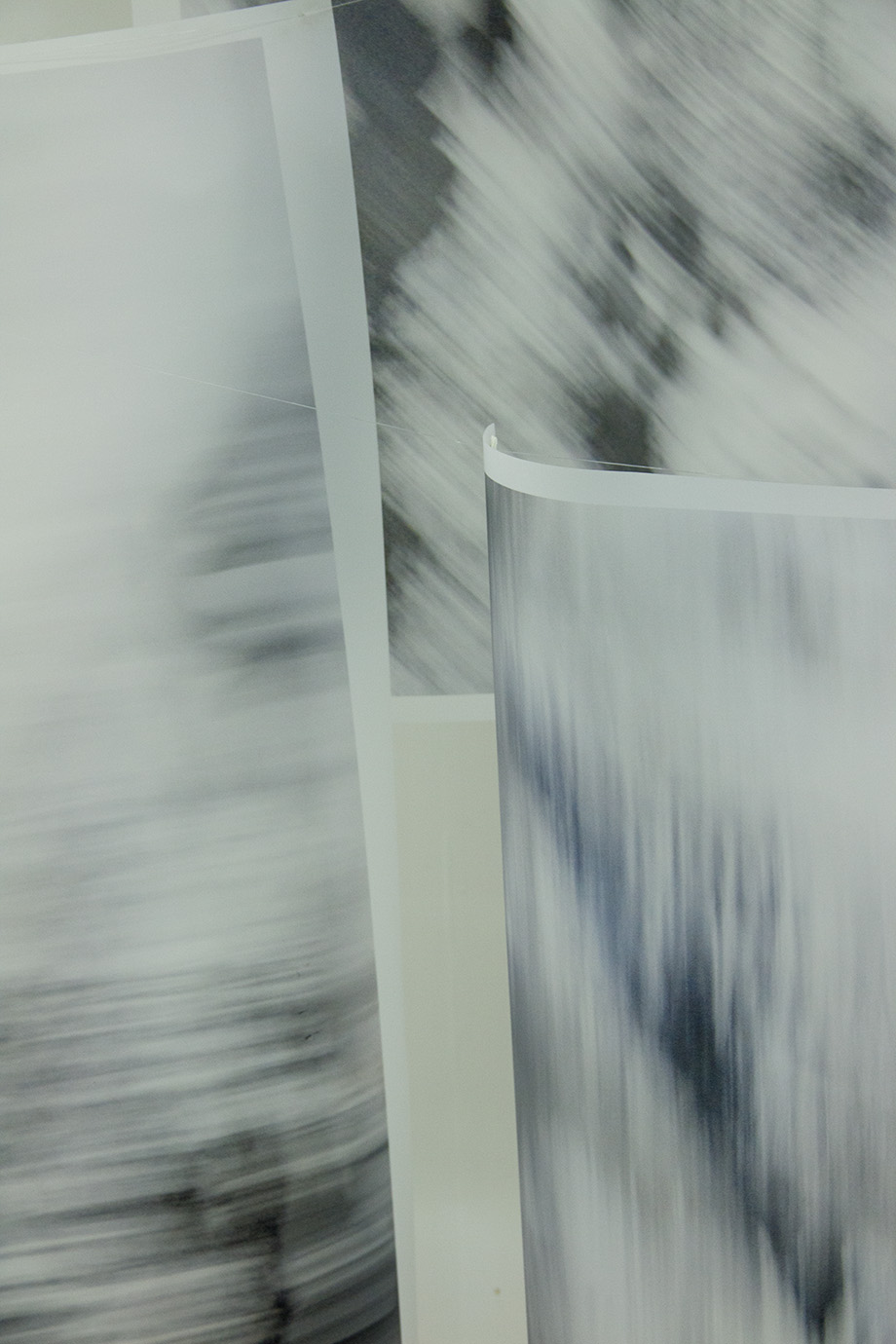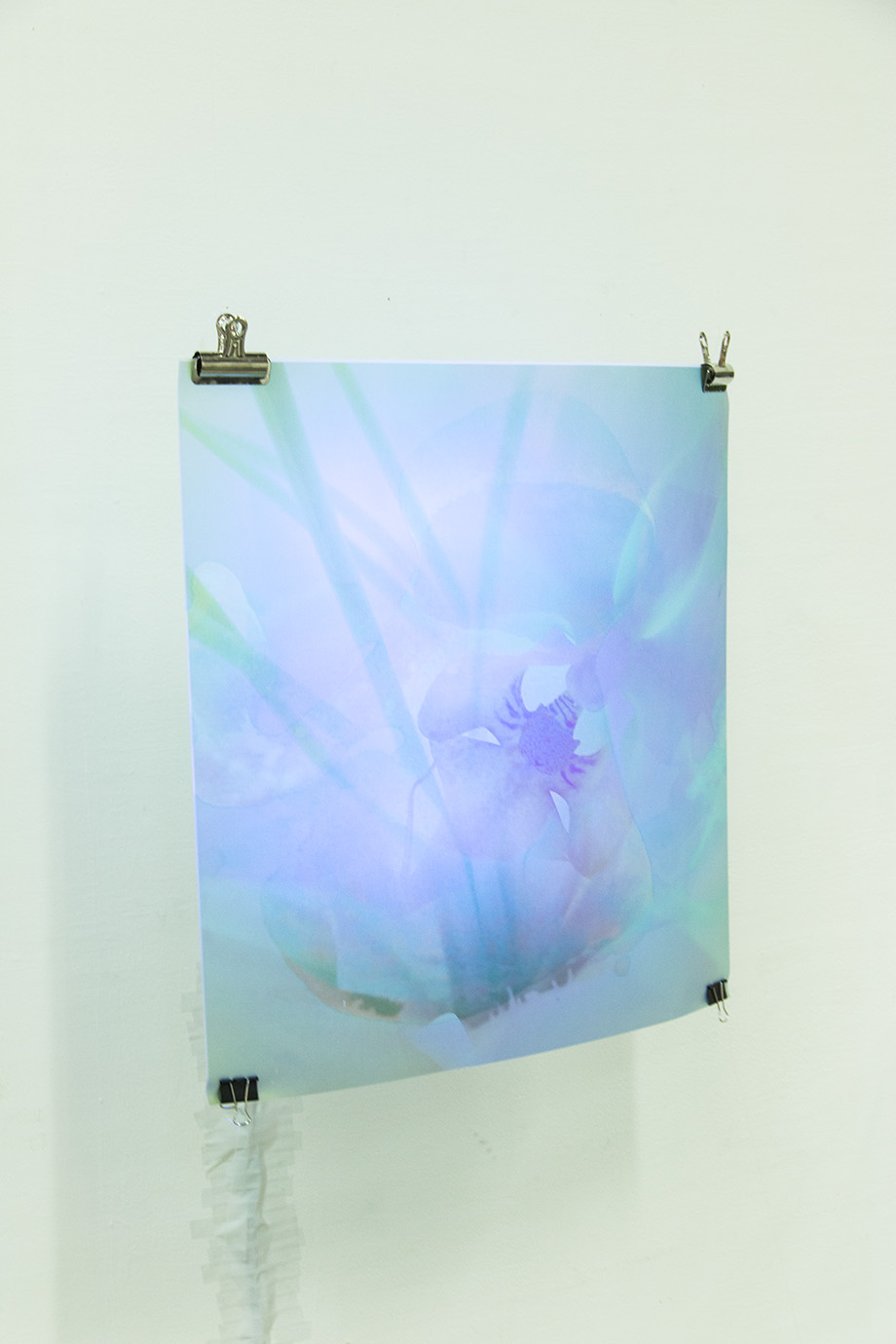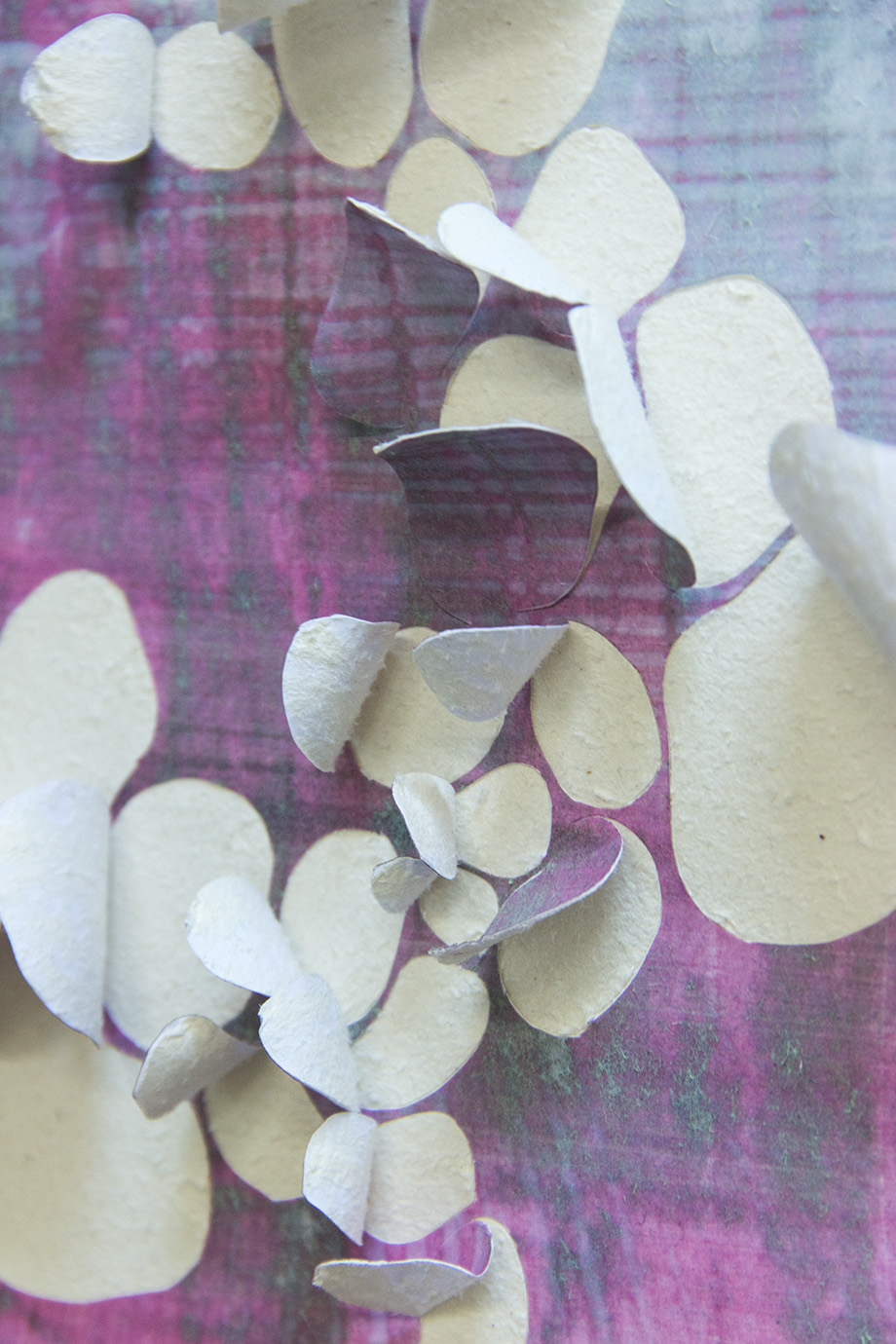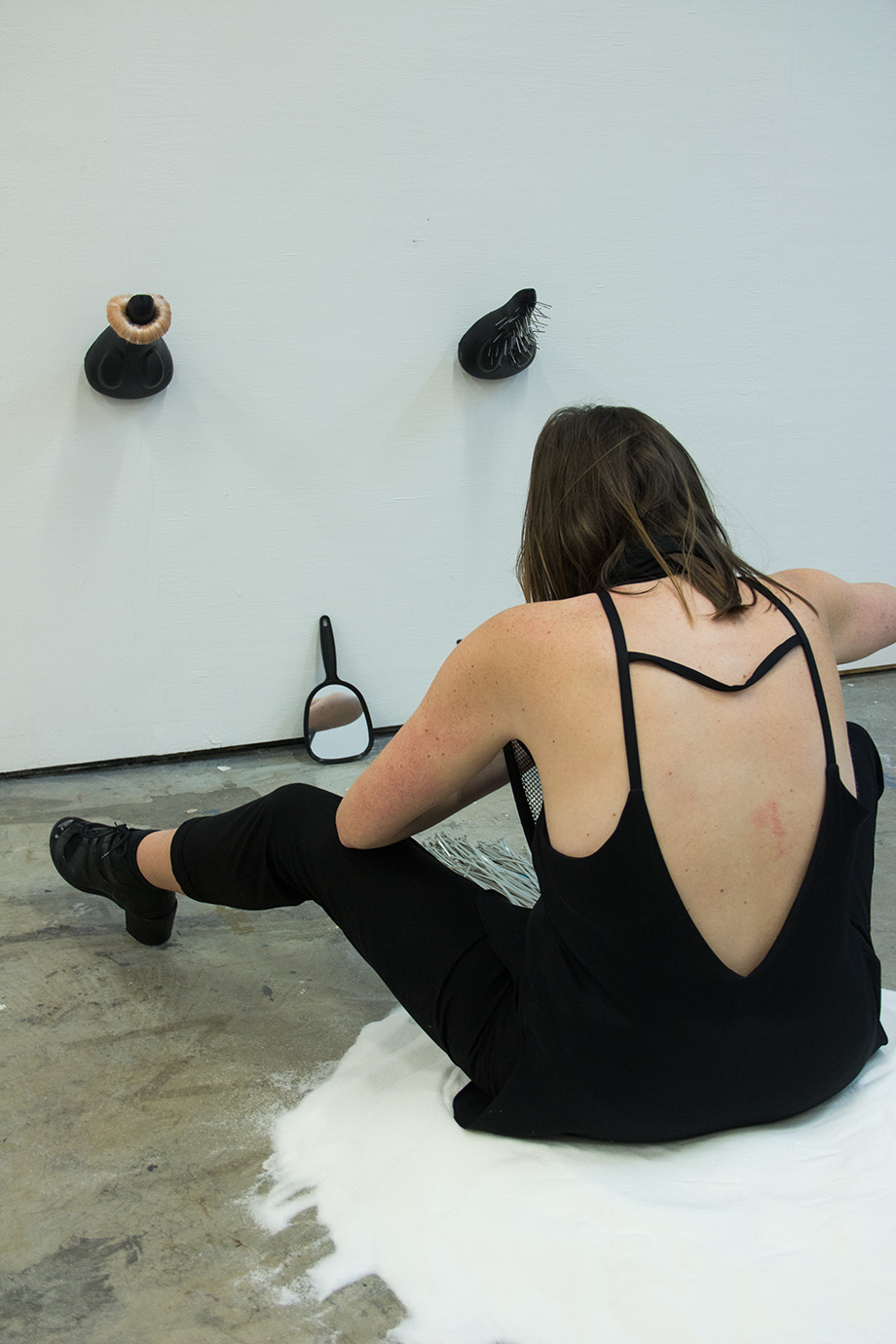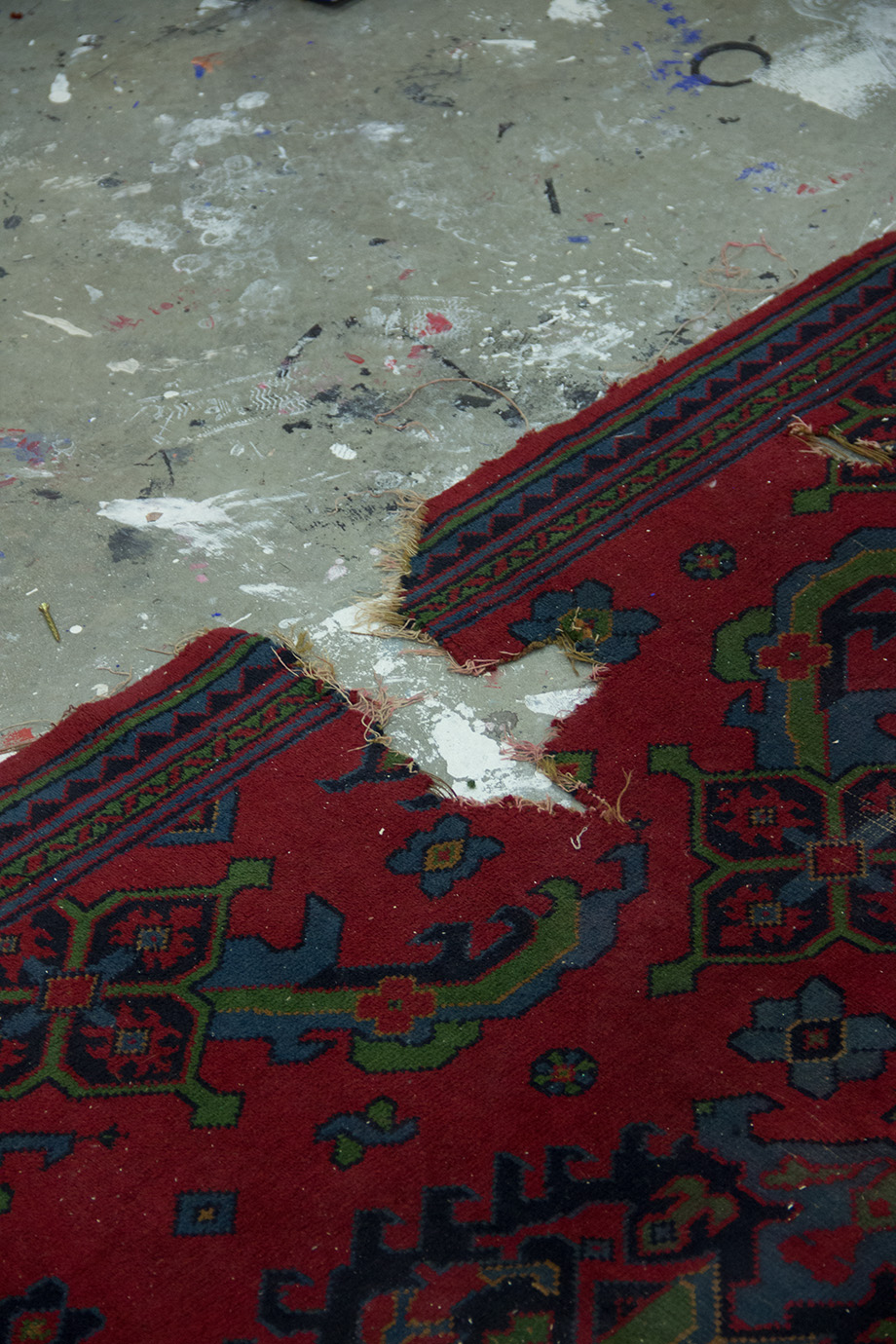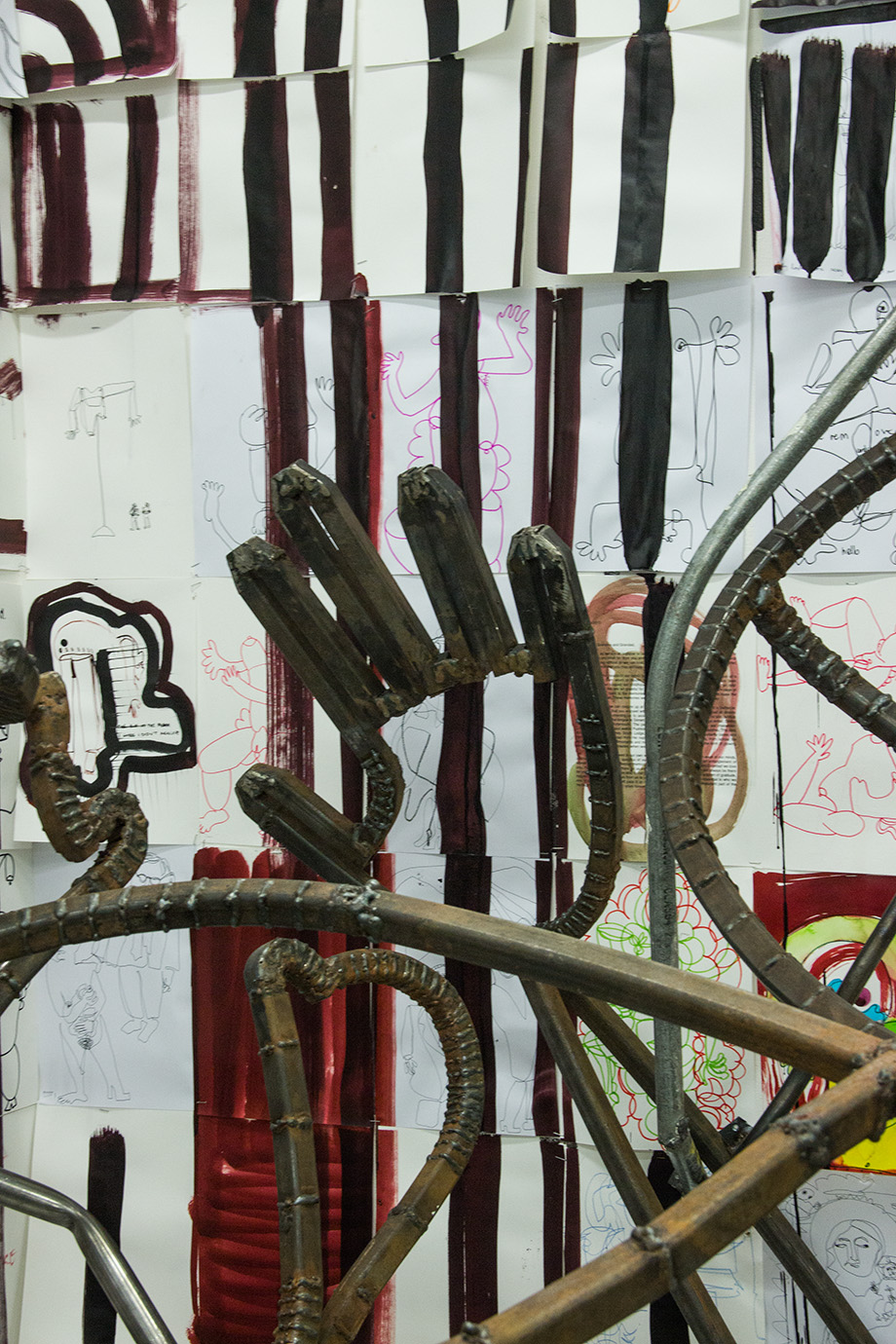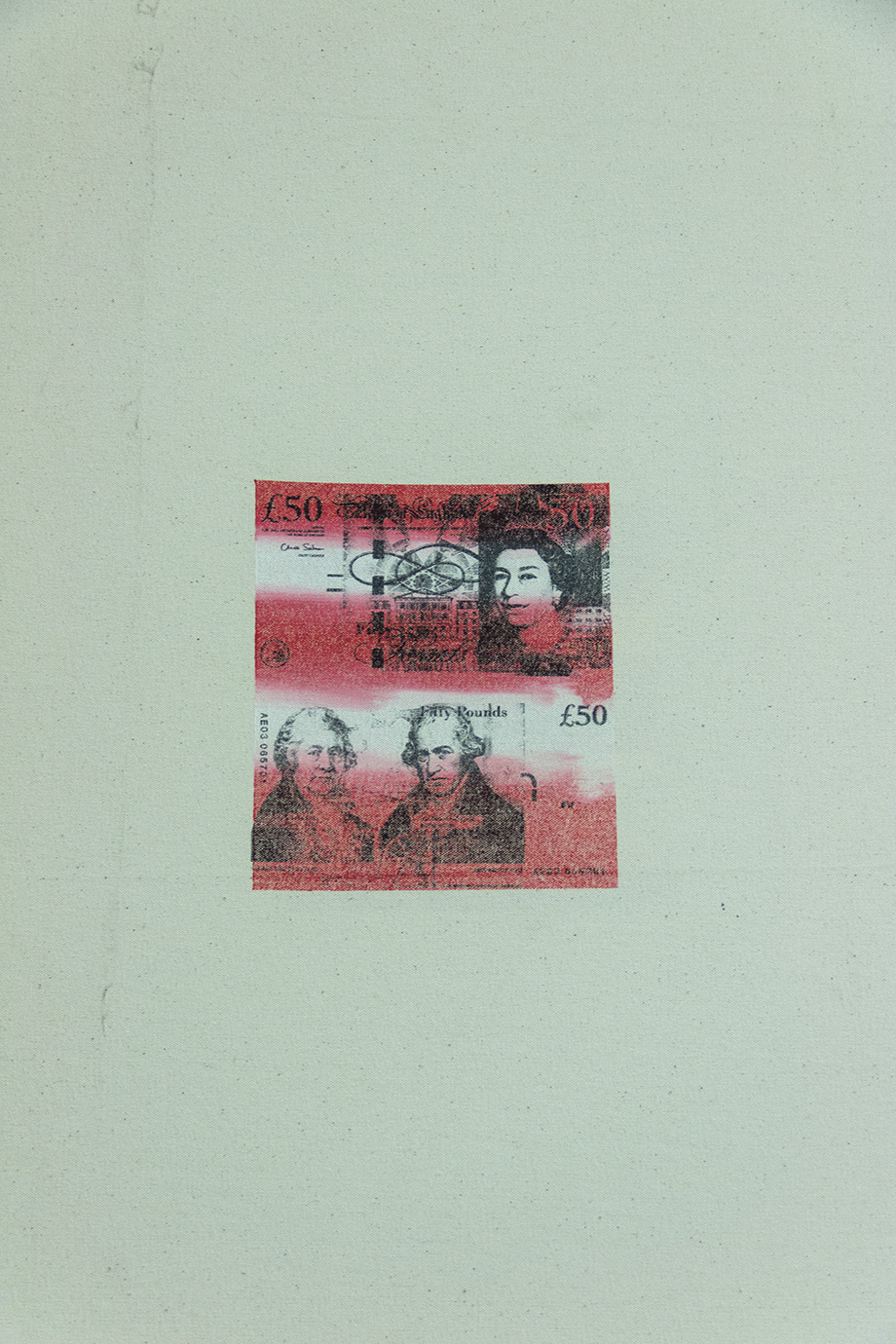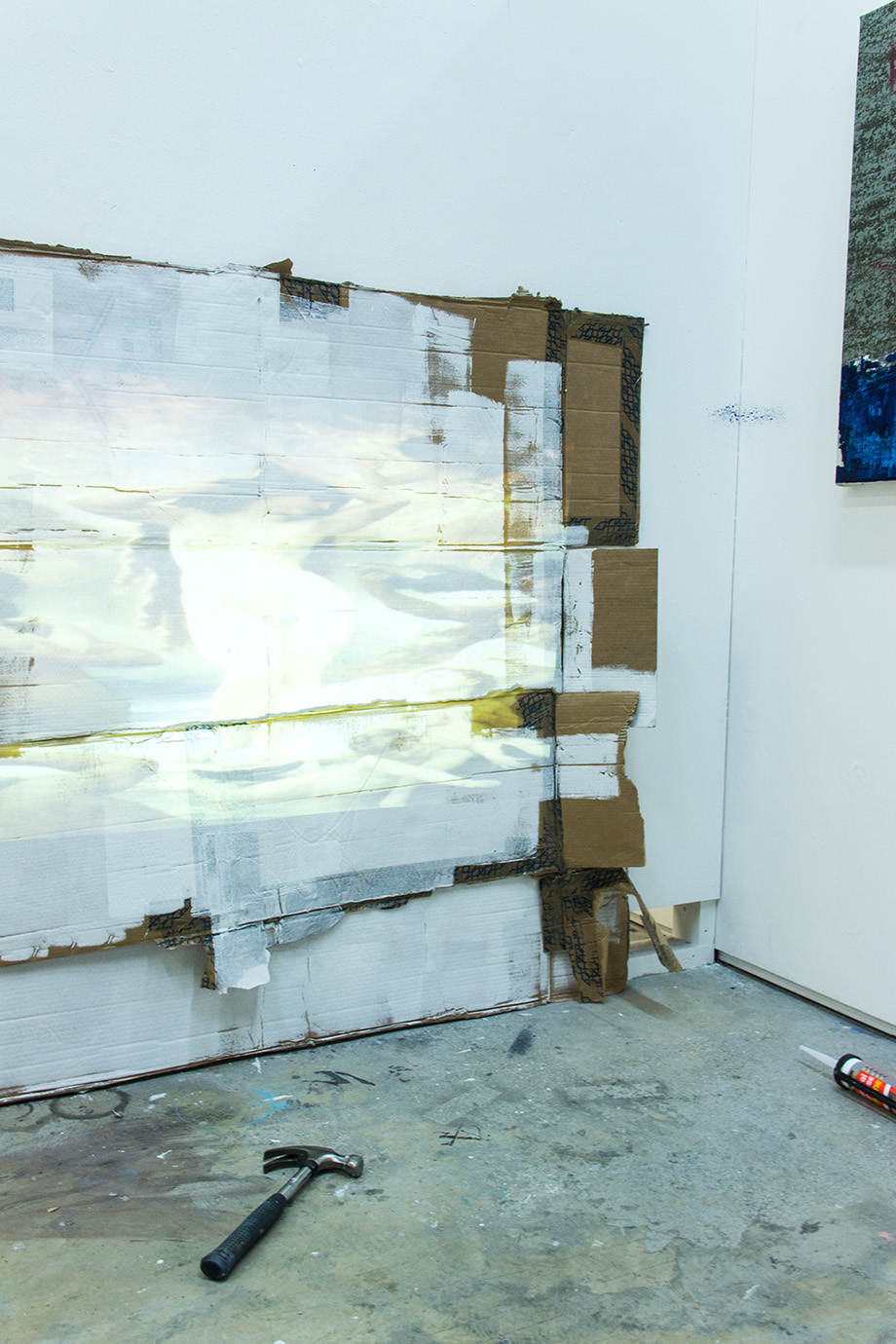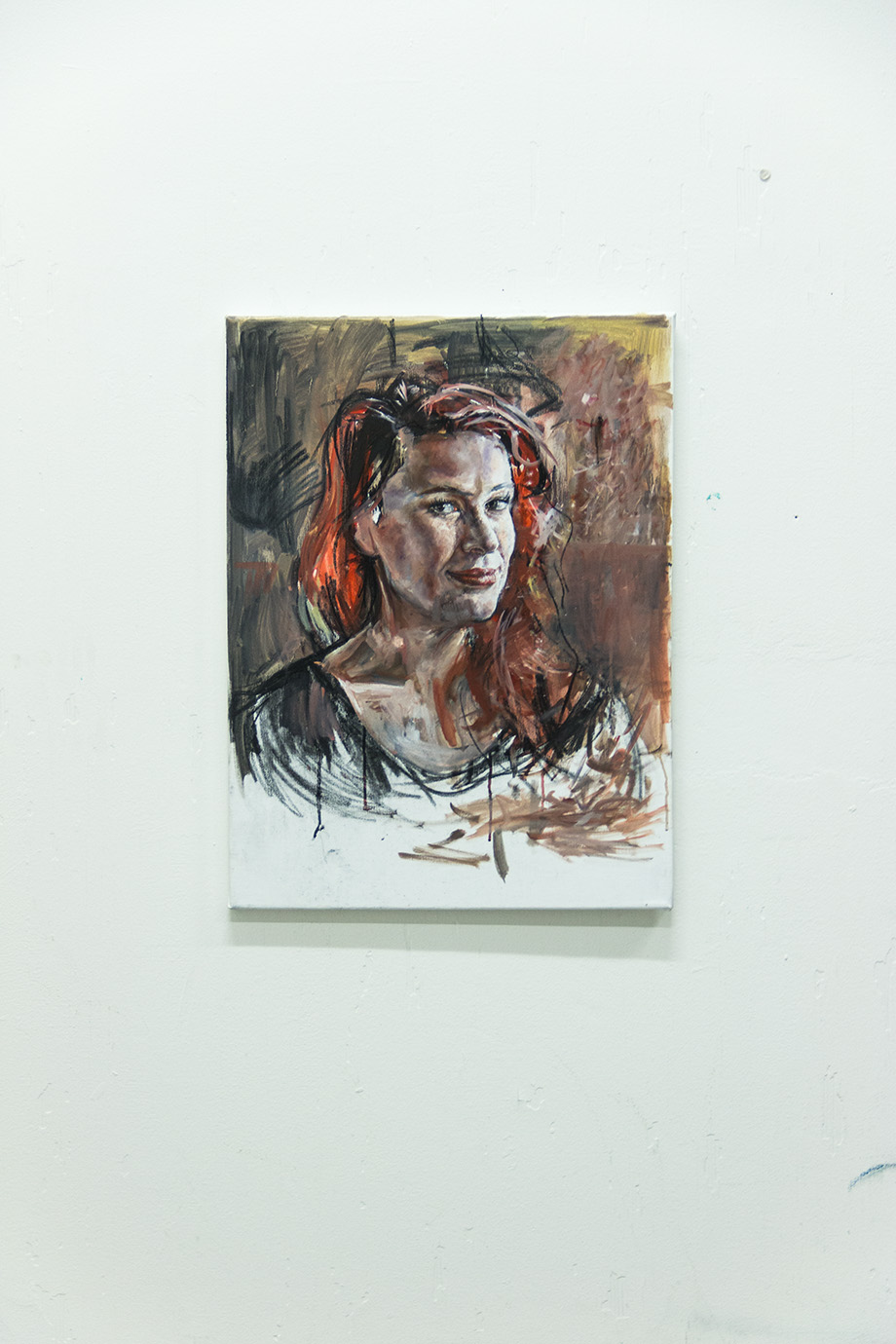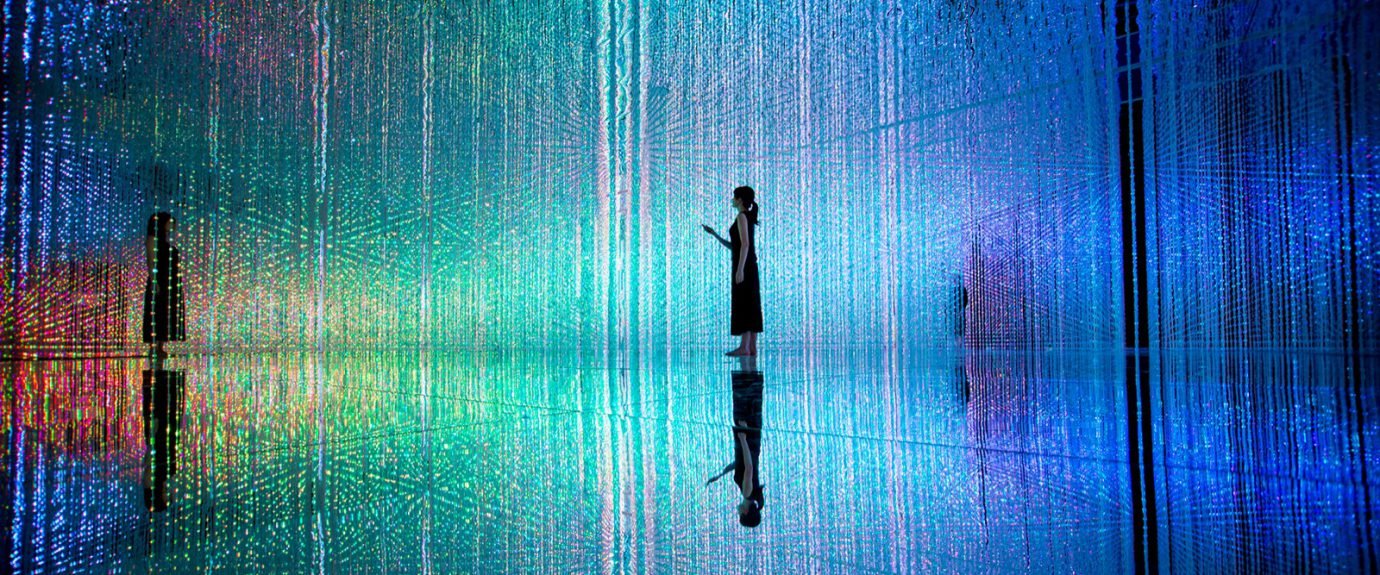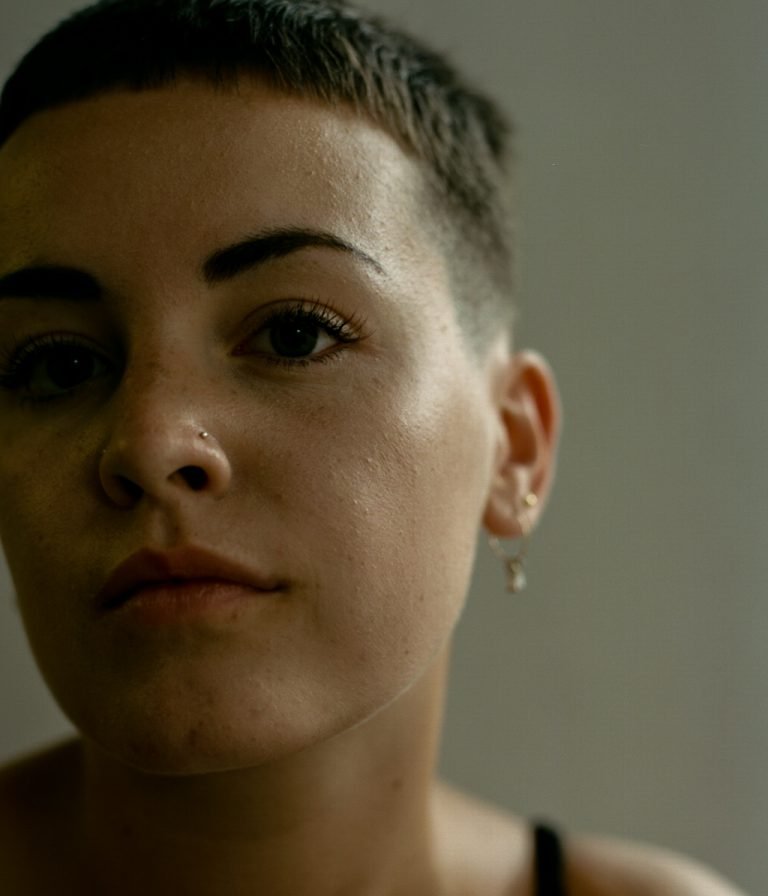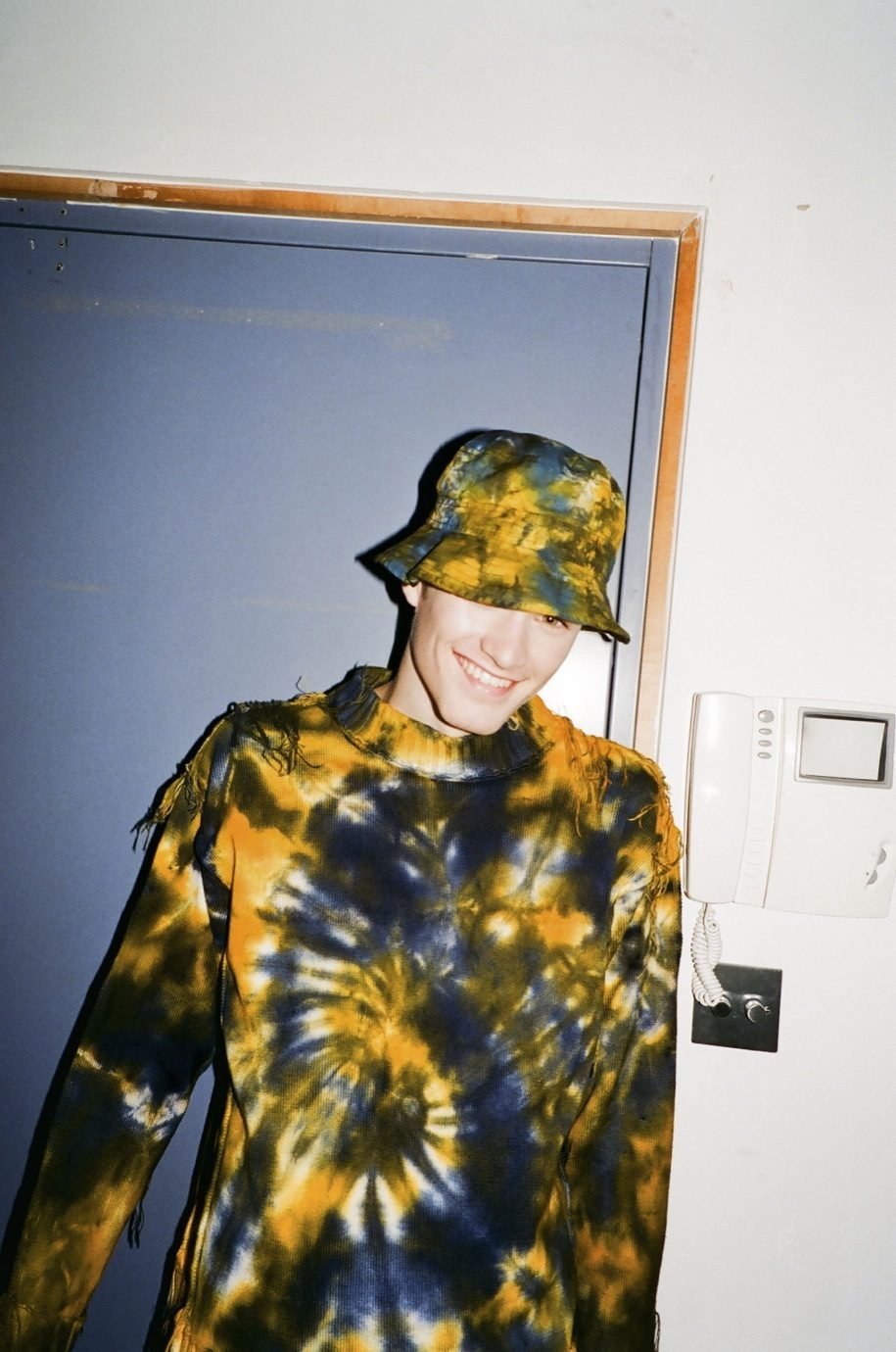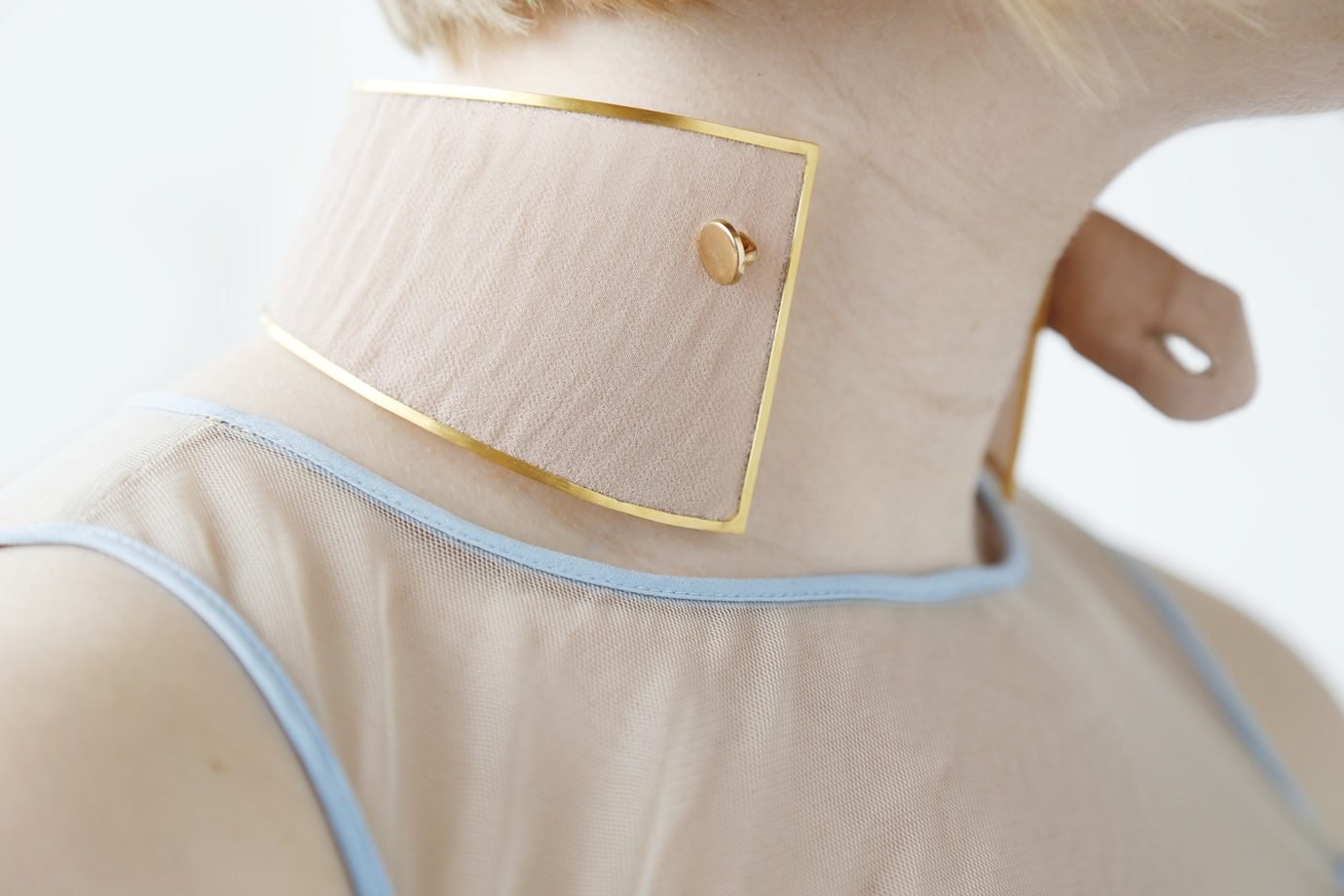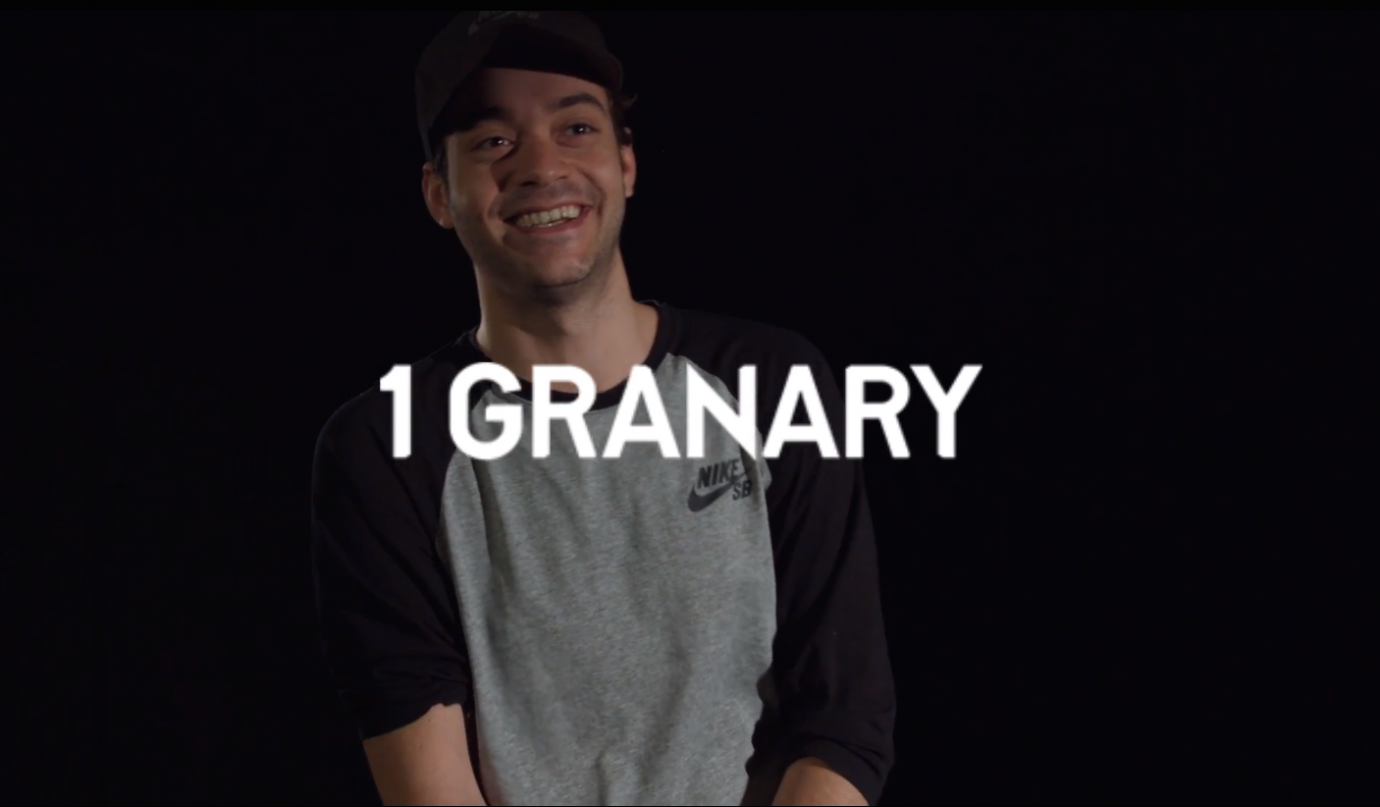Molly Gough
Sex. Molly’s work throws it out there straight away. Not in an obvious way, but it’s obvious enough. Sitting on a pile of sugar, legs extended either side of her in an Emin I’ve Got It All stance, she spends two hours attaching cable ties to a chair back support. Is it some kind of innuendo? Maybe. She runs her hands through the cable ties; spectators stand and watch, take a photo, leave. I hope to catch her for an interview, I want to find out more about the performance.
Molly is a reality TV and social media fanatic; a lover of all things Low Brow, and naturally, The Kardashians. Raised in a town near Birmingham she was caught up in a generation of reality TV shows, obsessed with MTV Cribs, Big Brother, Laguna Beach and so on. Taking her pleasure from popular culture and feeding it into her work, she has created herself an online presence in which to promote herself. Described by her tutor as, “The girl within the networking system”, Molly is exploring stereotypes within the art world and popular culture. It’s an ongoing exploration between sexuality and intellect, and the separation between low and high brow culture. She aims to convey the similarities between the contemporary artist and the celebrity, and the way in which networking in the art world can mimic dating. Alongside all of this, she hopes to convey a sense of humour in her work.
Creating sculptures as artificial, fabricated extensions of her body, she uses these as props in her video works and performances. The works becomes explicit; bound with sexual connotations. It’s humorous and violent at the same time, they are sensual yet ridiculous. With big ambitions for the future of her work, Molly would like to situate it within the centre of popular culture, all over the internet, and “preferably in Kim Kardashian’s lap”. And hey, if there’s a Koons floating around in your art collection, you could barter it with Molly for a sexual favour. It’s a win-win.

